In Wales, a terrifying horse’s skull is taken door to door on Christmas Eve
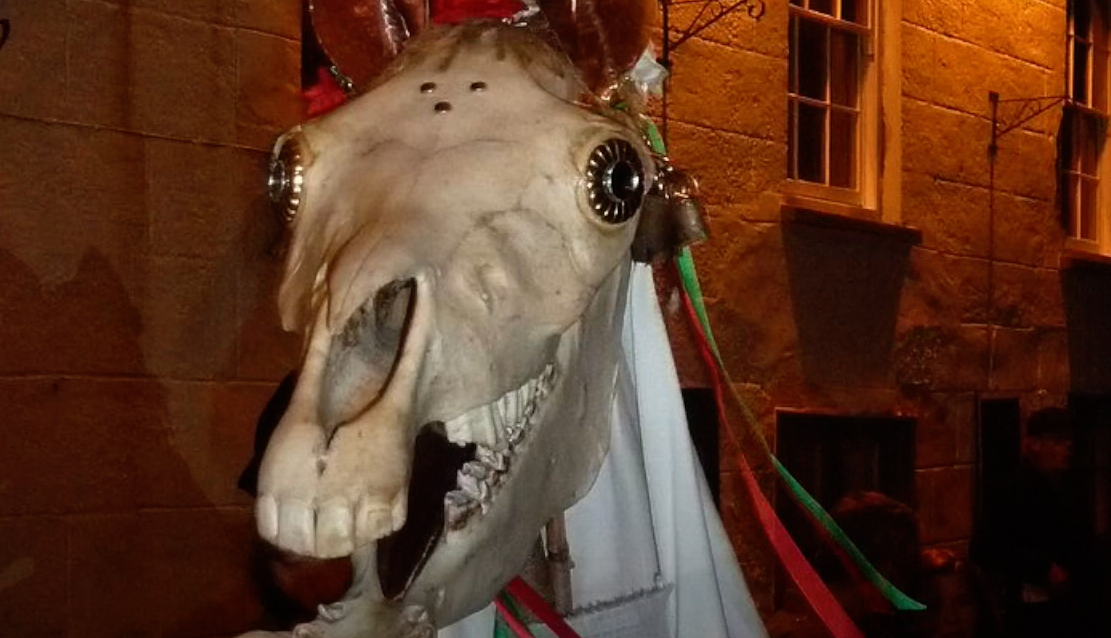
Mari Lwyd, which translates to ‘Grey Mare’, is a spooky creation that makes an appearance in many Welsh towns and villages on Christmas Eve. Consisting of a horse’s skull, a white sheet, and colourful ribbons, Mari Lwyd is paraded through the streets, accompanied by revellers who sing loudly and challenge each other to impromptu poetry slams. The celebration is normally kicked off with a generous helping of spiced ale, and the event consequently tends to be quite raucous. Mari Lwyd actually predates Christianity, with roots in pagan rituals. Because of this, some religiously conservative villages feel it is more appropriate to bring the character out on Halloween.
In Venezuela, people roller skate to church on Christmas
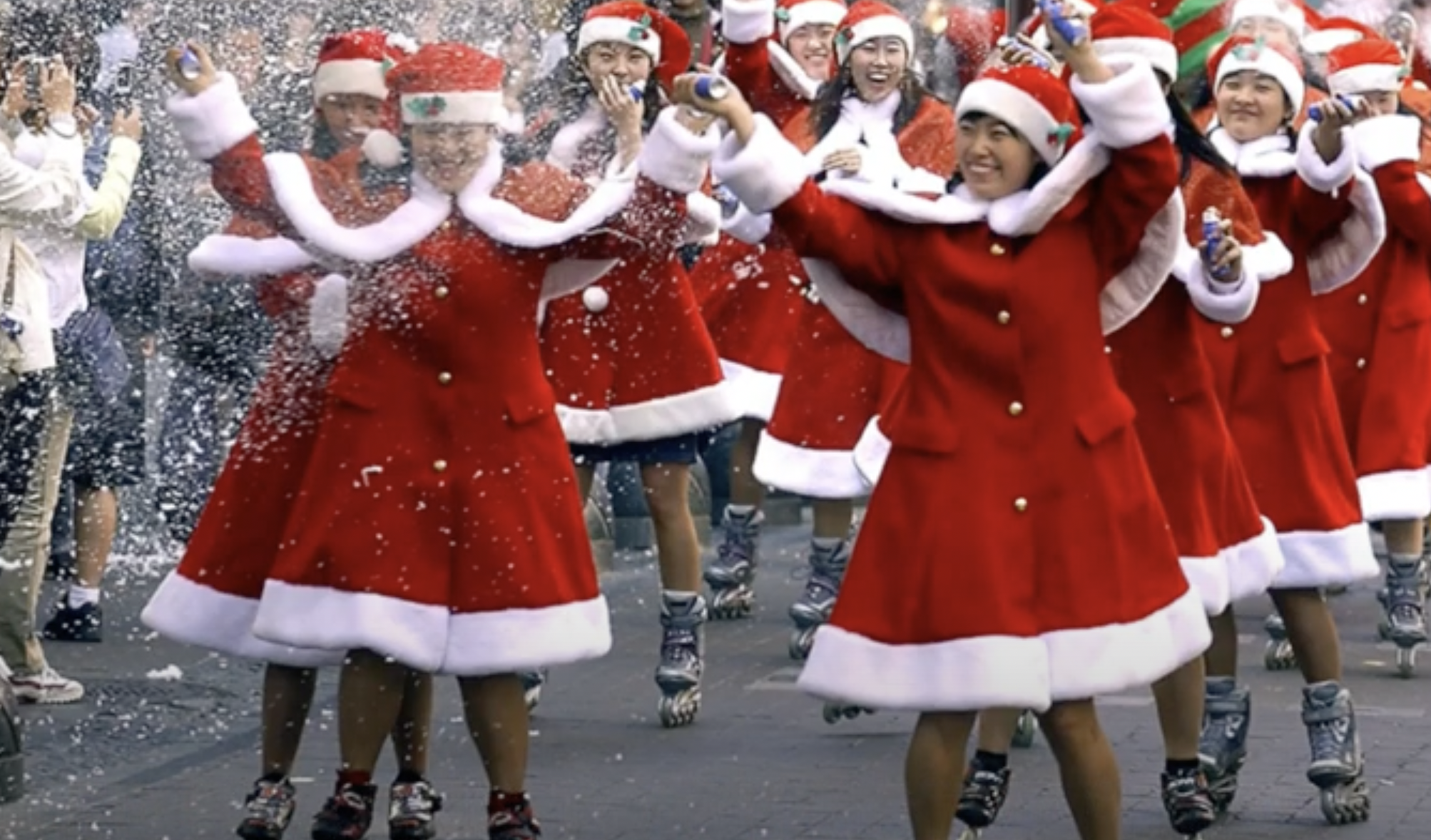
Venezuela is a very religious country, with 71% of the country identifying as Roman Catholic in a 2011 census. Unsurprisingly, most families attend church on Christmas Day. What is slightly more unusual is the mode of transport some Venezuelans opt for: in the capital of Caracas, it is customary to strap on a pair of roller skates and glide gracefully to Misa de Aguinaldo (Early Morning Mass). According to legend, the tradition was born because Venezuelans felt like they were missing out on the joy of sledding at Christmas (it doesn’t tend to snow much in South America), so they found roller skating was the next best thing.
On Christmas Day, German families play a game of hide the pickle
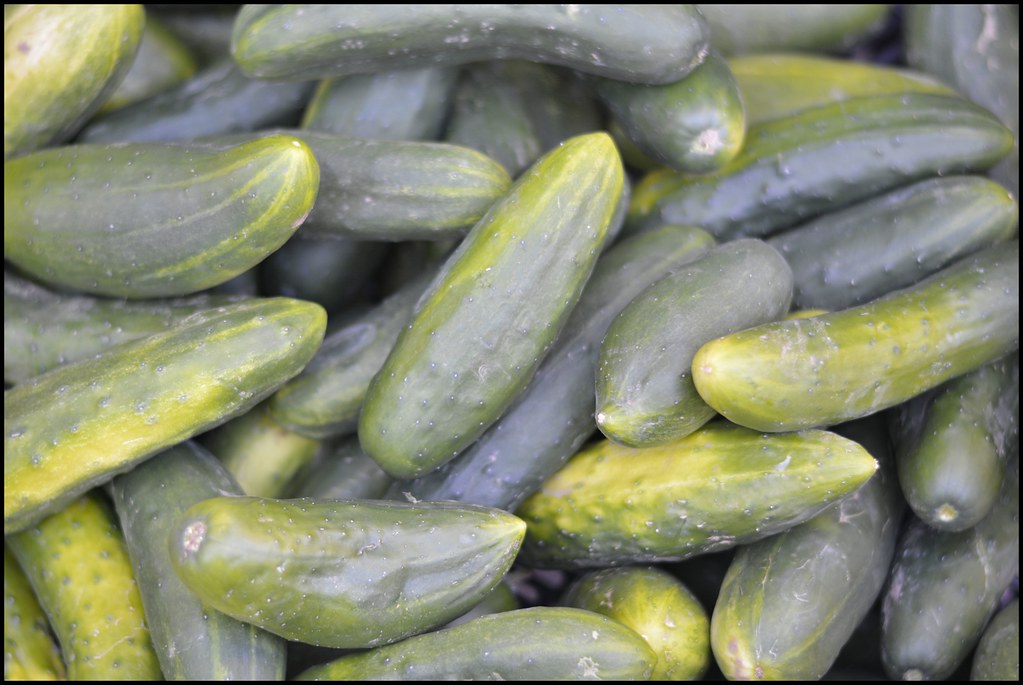
No, that’s not a euphemism. Germans love pickles – and anything fermented, for that matter – almost as much as Americans love guns. On Christmas Eve, after the children have gone to sleep, parents hide a pickle in the branches of the Christmas tree. In the morning, the children compete to see who can find the pickle first. Given the fact that pickles are seriously pungent, having been marinated in vinegar for an extended period of time, the winner is presumably the child with the best sense of smell. The victor of the game receives a special gift from Father Christmas, so competition tends to be fierce.
Austrians roam the streets dressed as a demon on Christmas Eve
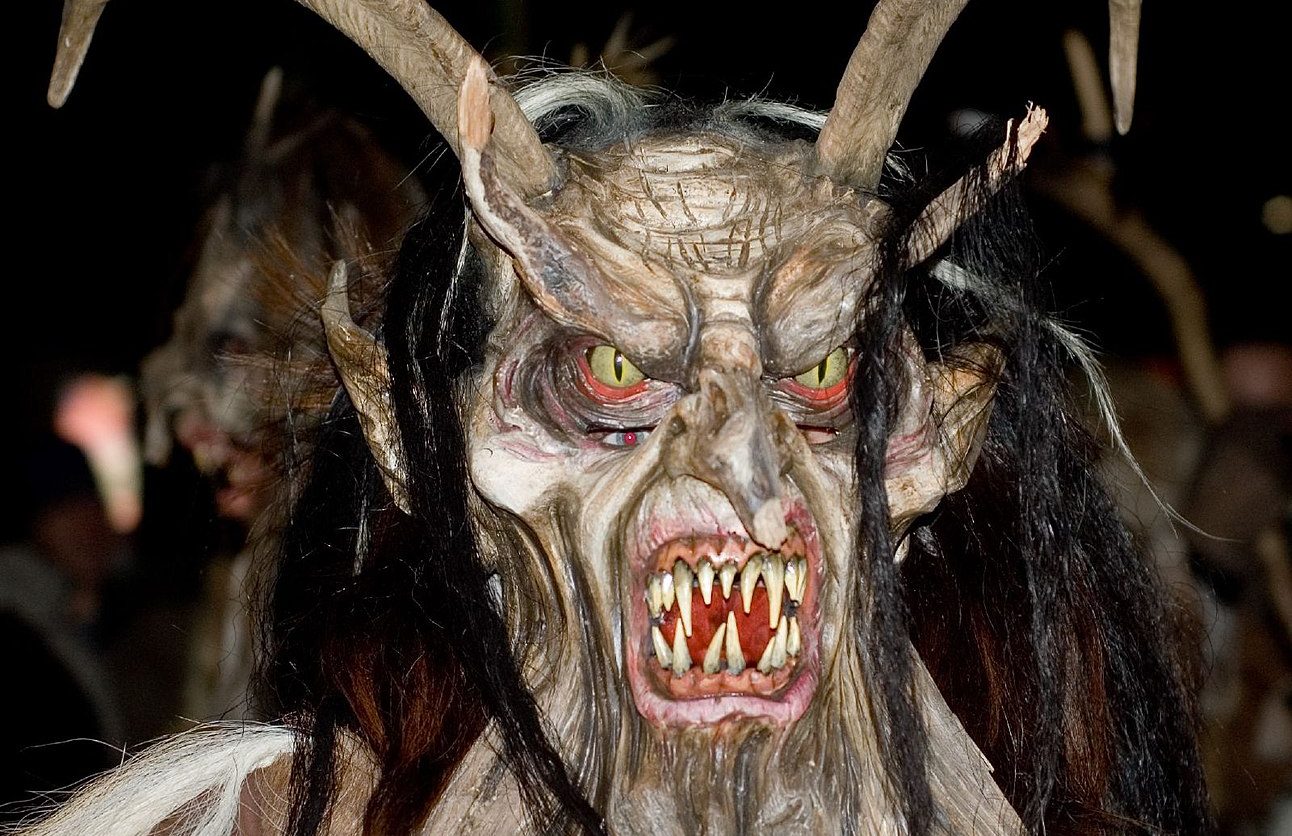
The legend of Santa Claus, commonly referred to as Father Christmas, can be traced back hundreds of years to a monk named Nicholas who travelled throughout the land, handing out his inherited wealth. Father Christmas has become a worldwide symbol of kindness and generosity, but in Germanic traditions he has an opposite: Krampus, the Christmas demon. Essentially an inversion of the Santa Claus myth, Krampus preys on Children who have behaved badly, stuffing them into sacks and dragging them to hell. In Austria, it is traditional for people to dress up as Krampus and roam the streets on Christmas Eve, terrifying small children into obedience.
In Japan, people go to KFC for Christmas dinner

For many people, Christmas dinner is the highlight of Christmas Day. The same goes for the people of Japan, though their choice of feast is slightly unorthodox; since the 1970s, Japanese families have been booking their Christmas table at KFC months in advance, and it is easily the busiest day of the year for the fried chicken outlet. No one knows exactly how this ritual was born, but the most often cited theory is that after KFC first opened in Japan, a quick-witted manager capitalised on Japanese fascination with Western culture and started the rumour that fried chicken is a traditional American Christmas meal.
In Guatemala, people burn an effigy of Satan
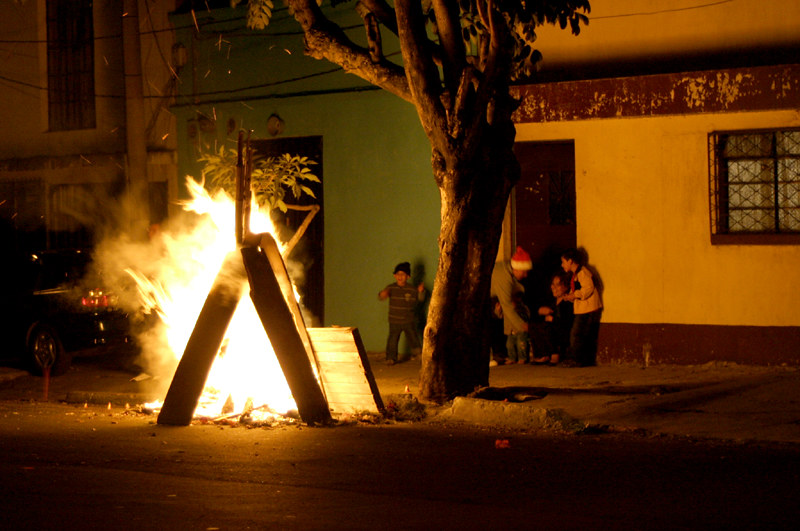
Guatemalans’ tendency to be keep tidy homes goes beyond being house-proud; they believe that evil spirits lurk in dirt and darkness, so keeping on top of clutter is crucial for avoiding demonic infestations. In the week before Christmas, Guatemalans deep clean their houses, collecting rubbish and adding it to a huge communal trash pile. Finally, in a ceremony known as Quema del Diablo (‘Burning of the Devil’), an effigy of Satan is placed atop the rubbish heap and set ablaze. The ritual symbolises letting go of the year’s events, in preparation for a new beginning.
The Swedes build giant Yule Goats
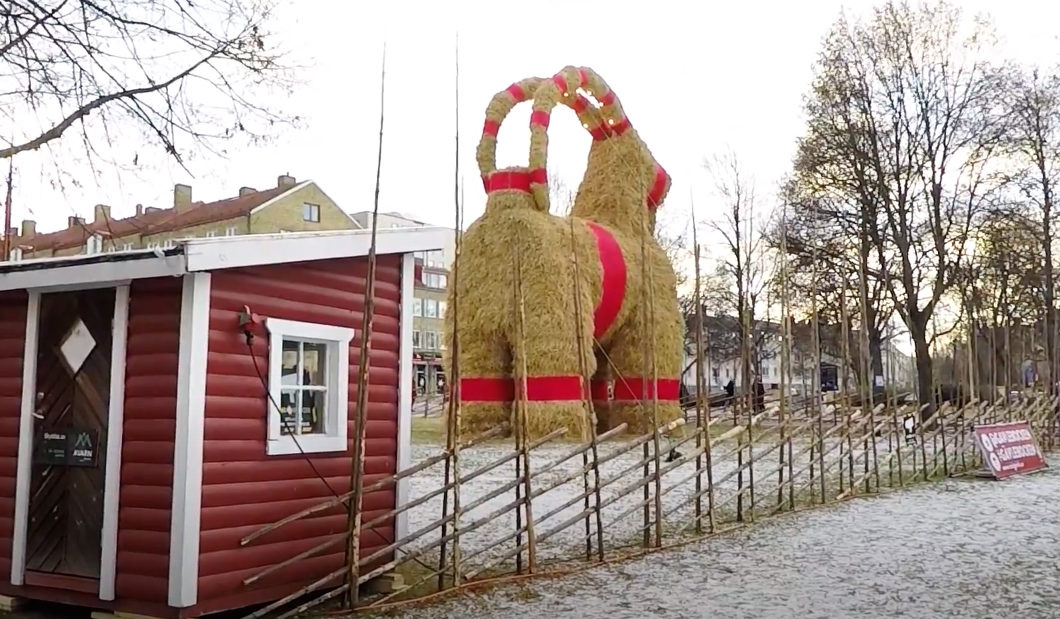
Father Christmas is traditionally depicted as being pulled through the sky by magical reindeer (led by the famously ruby-nosed Rudolf). The Swedes have a slightly different take; according to Swedish Christmas lore, locomotion for Santa’s sleigh is provided by a Yule Goat, who also ensures that Christmas prep is carried out correctly. Swedish Christmas trees are frequently adorned with little goat ornaments, and the town of Gävle even erects a giant straw goat in the month before Christmas. The Yule Goat is believed to have its origins in Germanic pagan traditions.
In Australia, surfers take to the water in Santa hats

On December 25, Australian summer is just getting started. With average temperatures hovering around 27C, most Australians understandably eschew Christmas jumpers in favour of swimwear. To keep things feeling festive, revellers don Santa hats, including whilst enjoying Australia’s favourite pastime: surfing. The sight of surfers shredding in Santa hats is a common sight on December 25, and in 2015 a group of Bondi beach locals broke the record for the world’s largest Christmas surfing lesson. Over 300 Australians, all wearing Santa outfits, took to the waves, raising thousands of dollars for charity in the process.
Finns gather in graveyards on Christmas Eve
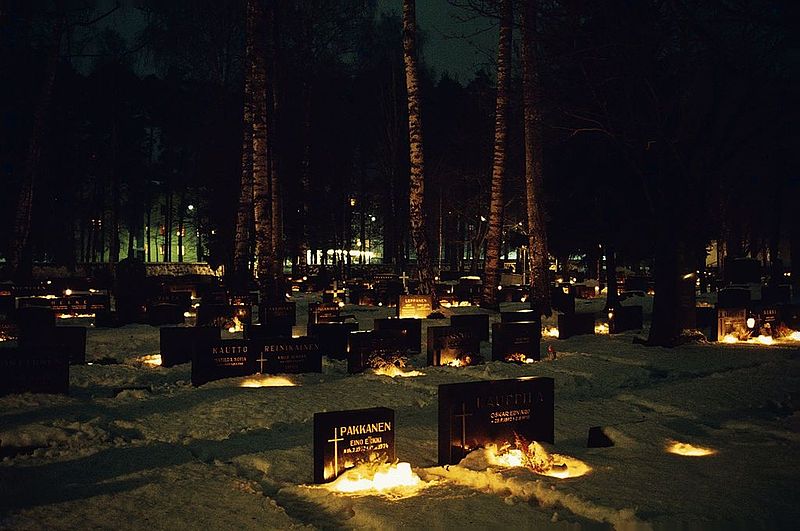
In Finland, the festive period is a time for contemplation and remembrance. The night before Christmas, Finnish families gather in cemeteries to light candles by the graves of their loved ones. Even families who don’t live near their loved ones’ resting places will still visit their local cemetery to take part in the beautiful, sombre ritual, and pay their respects to those who have passed away. The Finns also believe that the spirits of their ancestors visit them on Christmas. To give them a comfortable stay, many Finns sleep on the floor, leaving their beds free for the spirits, while also laying out plates of food.
Italian shepherds ring in Christmas by playing bagpipes
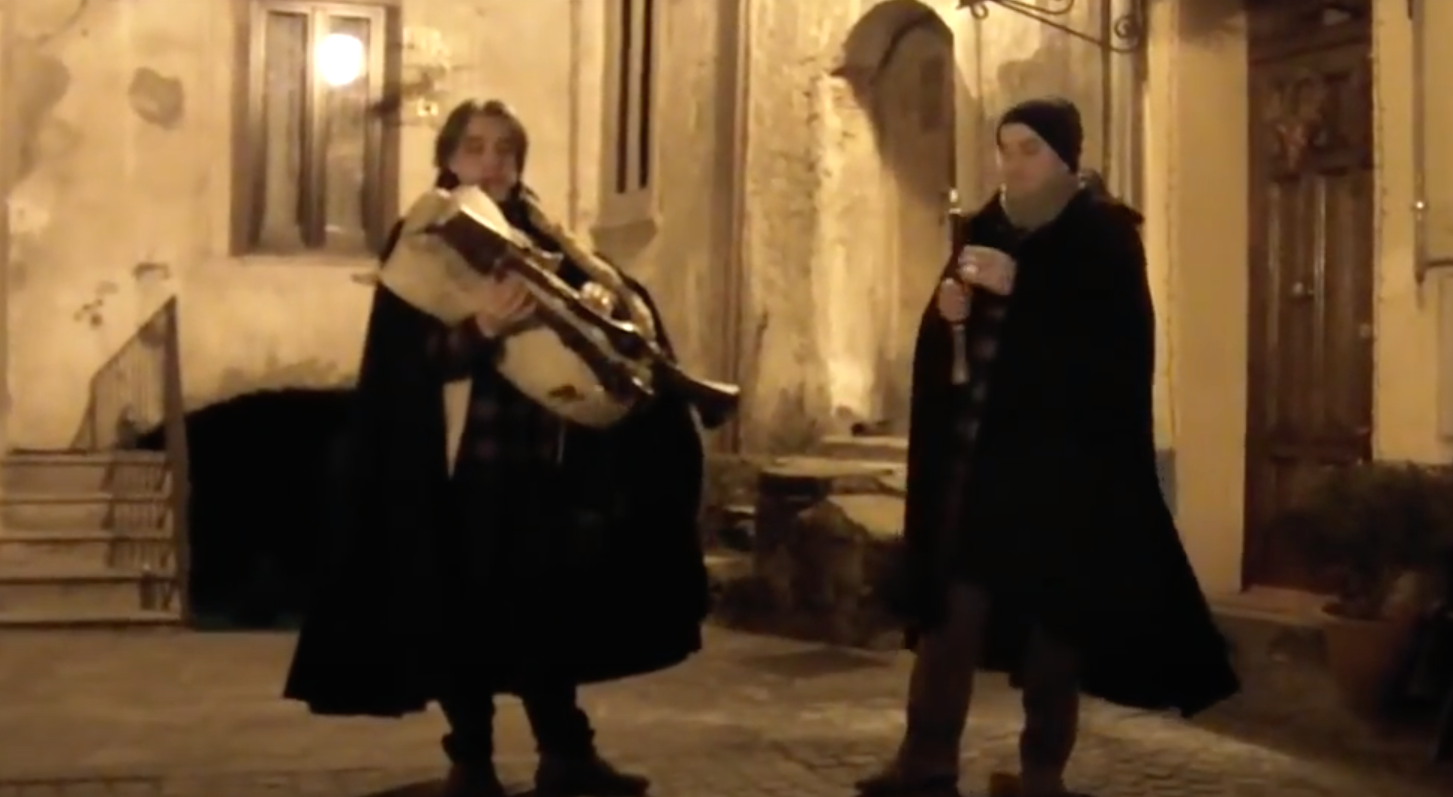
Whilst the bagpipes are commonly associated with Scotland, they also play a prominent role in an Italian Christmas tradition that takes place in the south of the country, especially around Rome. During the festive period, pairs of shepherds can be found in squares and plazas across the entire region, playing haunting melodies on the bagpipes (which make every melody sound haunting, in fairness). Dressed in traditional garb, including sheepskins and cloaks, the musical sheep herders play in honour of the three shepherds who were present at the birth of Christ.
In Arizona, people take selfies with a highly armed Santa Claus

Americans are known to be fond of their firearms. This is no secret. However, one town in Arizona has taken its love of weaponry to unusual heights. In the run-up to Christmas, Arizonans can visit the Scottsdale Gun Club to have their photo taken with a man wearing a full Santa costume and brandishing an assault rifle. In a 2011 interview, the club’s president, Ron Kennedy, stated, “people decide to celebrate the holidays in unique ways. Some choose to do it with Santa at the mall, others in front of their tree. Our members and customers like to do it with Santa and machine guns”.
In Spain, everyone plays the lottery at Christmas
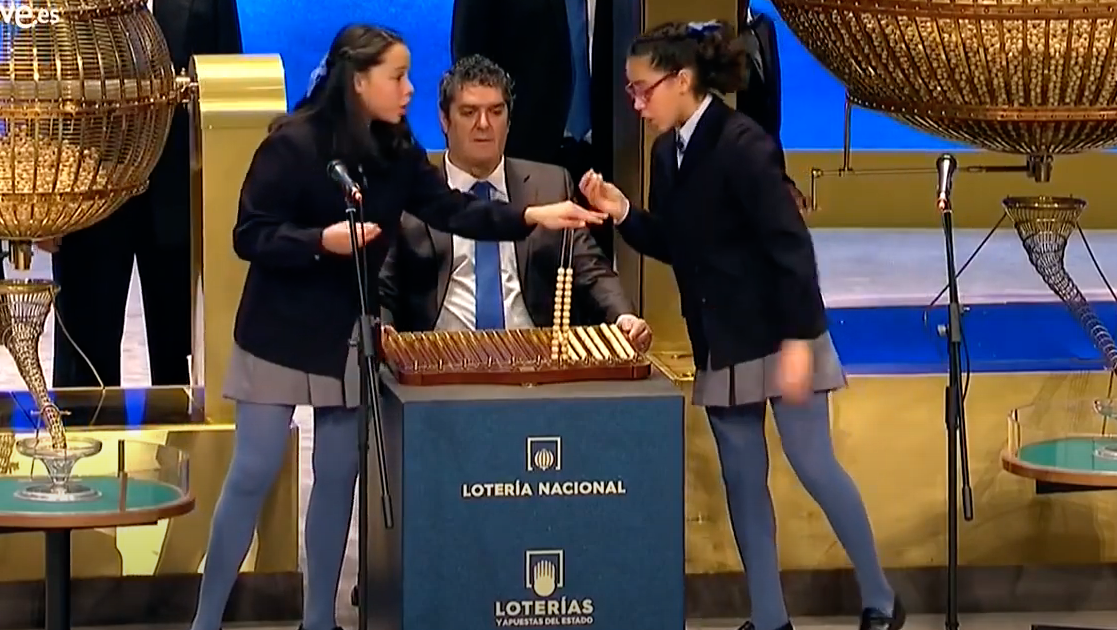
On December 22, numbers are drawn for the Spanish Christmas lottery. Known as ‘El Gordo’, it is the biggest jackpot of the year, and in the past has topped $600 million. Most people in the country buy a ticket, and to enhance the festive spirit of the event, families – and sometimes entire communities – pool their money and purchase batches of tickets together. The draw takes place at the Teatro Real in Madrid, and some of the numbers are drawn by students from the San Ildefonso school, who reveal the numbers in song. The entire event is a massive spectacle, and households tune in across the entire country to watch it live.
Filipino children leave their shoes on the window sill to be filled with presents

The first recorded Christian conversion in the Philippines took place on April 14, 1521, when the King and Queen of Cebu, as well as all of their subjects, adopted Catholicism. Fast forward to today, and over 80% of the population identifies as Christian. Christmas is the biggest event of the year, with celebrations lasting into January. As well as eating a range of delicacies including Sinigang na Hipon (prawns in sour soup), Inihaw na Pusit (grilled squid), and Tortang Talong (aubergine omelette), Filipinos often give each other gifts. The night before Christmas, children polish their best shoes and leave them on the window sill, waking in the morning to find them filled with presents.
In Greenland, rotten birds are eaten on Christmas Day
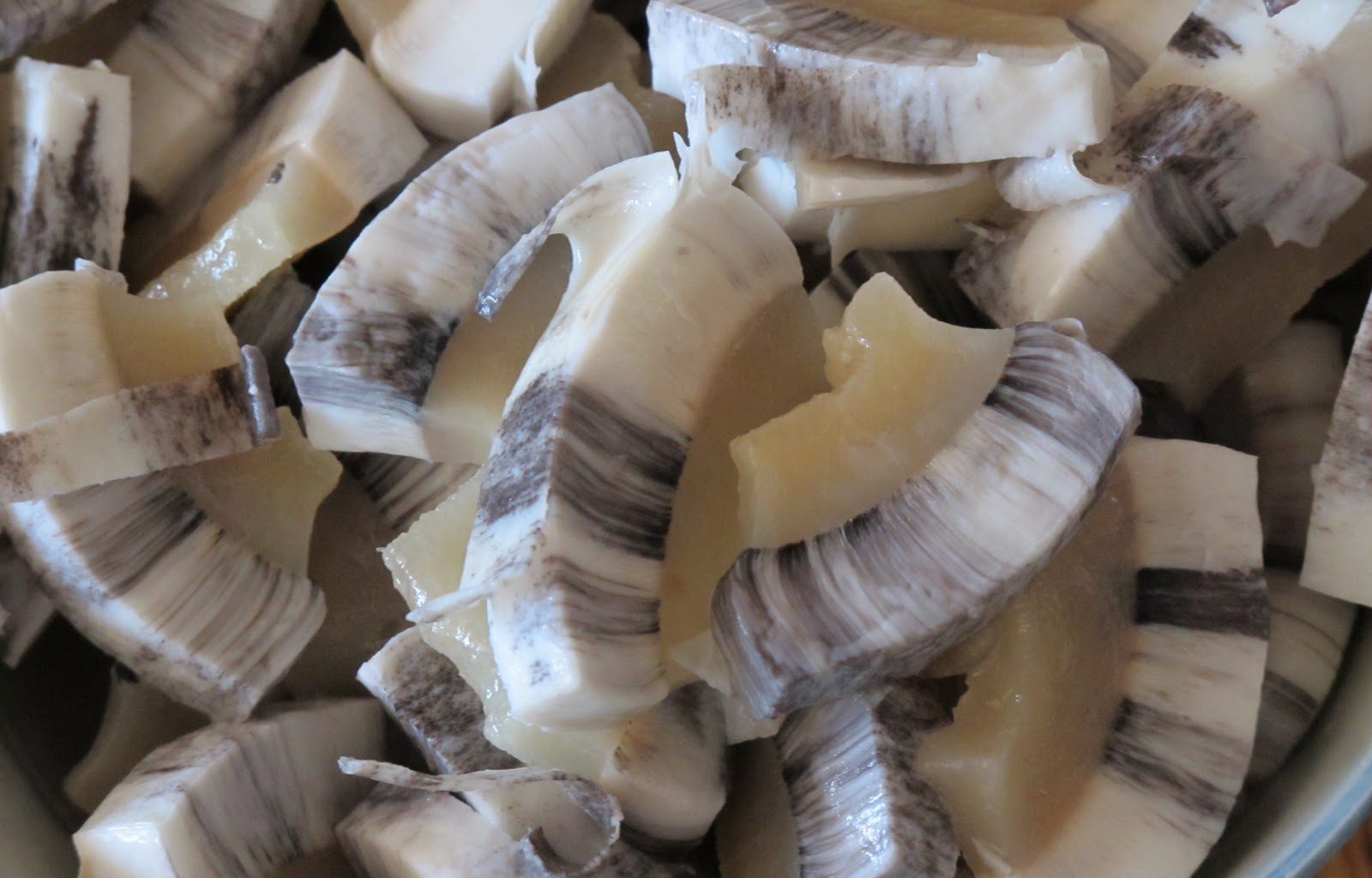
Christmas in Greenland isn’t all that different from anywhere else in the Western world. The native Inuits gather in each other’s homes, exchange presents, and attend church services. However, things take a pretty hard left turn when it gets to the food. Let’s start with ‘Mattak’, a delicacy consisting of raw blubber wrapped in a strip of whale skin. It supposedly tastes like coconut, but is often too rubbery to chew and has to be swallowed whole. ‘Kiviak’, meanwhile, consists of an auk (a small Arctic bird), which is wrapped in sealskin, buried, and allowed to decompose for several months before being dug up and consumed raw on Christmas Day.
Norwegians hide their brooms at Christmas to keep witches away
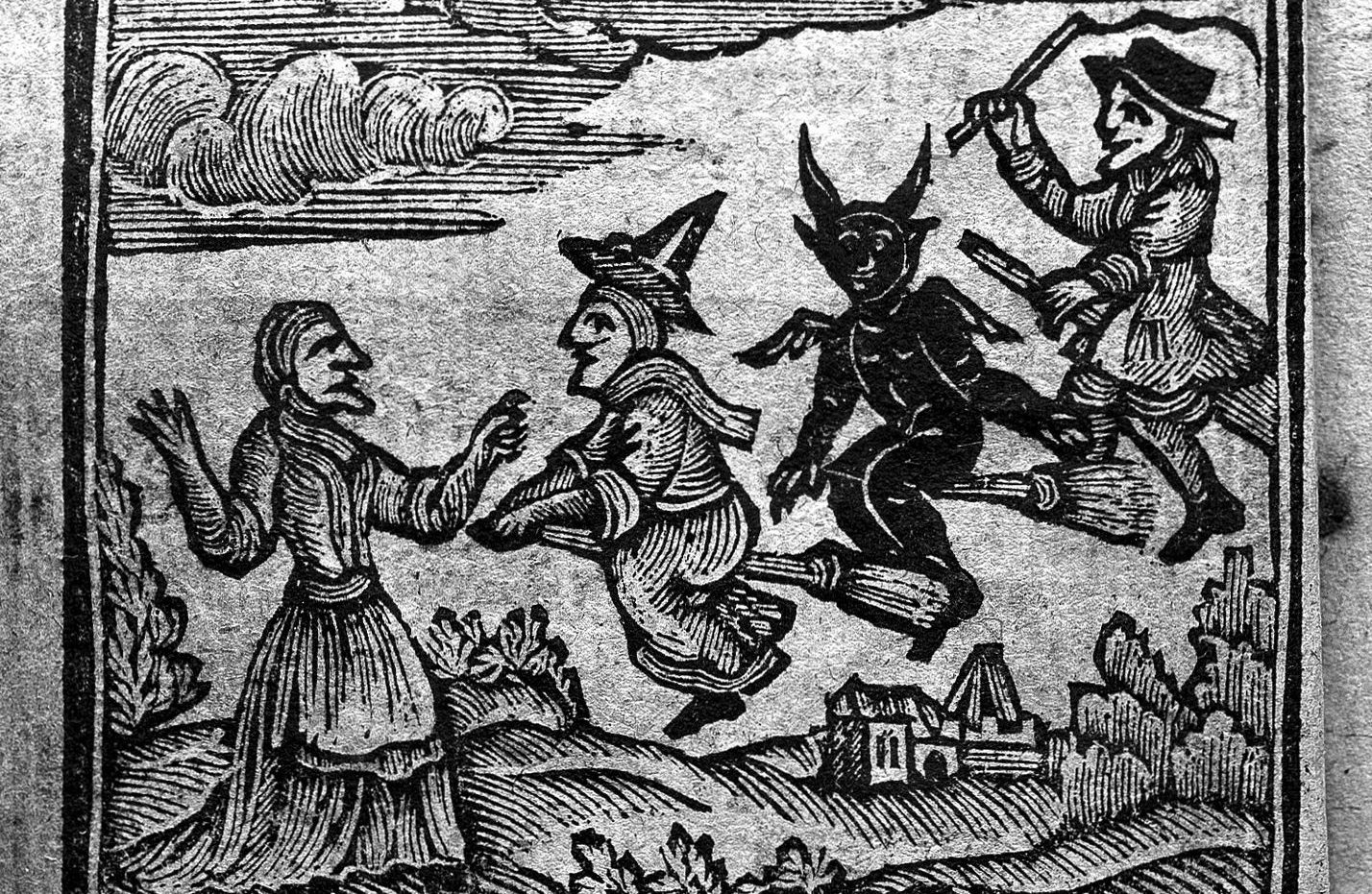
Whilst Christmas is generally considered a joyous time of year, marked by gift-giving and merry family reunions, for the Norwegians it is also a time when evil spirits are likely to be active. In particular, Norwegians believe that witches emerge from their lairs on Christmas Eve to indulge in their own satanic celebrations (which presumably forego tinsel and Christmas crackers in favour of more demonic delights). Accordingly, it is traditional in Norway to hide – and ideally lock away – all of the household’s brooms, lest a witch sneak in and steal one for a spot of aerial mischief.
Italian children believe in a Christmas witch who delivers presents
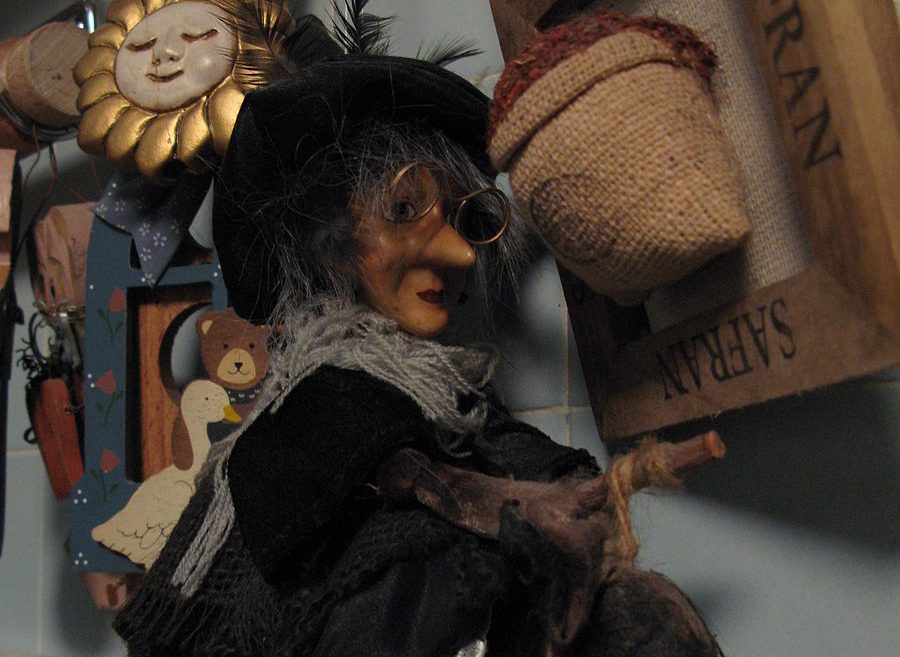
Italians have their own take on the Santa Claus legend, and it’s a bit of an odd one. La Befana is a witch who flies through the country during the early hours of Christmas morning, surreptitiously delivering gifts to children. Interestingly, she apparently did this before Christmas was even a thing; according to legend, Le Befana was invited by the Wise Men to visit the newborn baby Christ, but had to decline the invitation as it clashed with her annual gift distribution service. In addition to delivering presents to deserving children, the witch also apparently sweeps the floor before she leaves.
South Africans enjoy a snack of deep-fried caterpillars on Christmas Day

An unusual Christmas delicacy. South Africans harvest the larvae of Emperor moths in December and sun-dry them for consumption throughout winter. The caterpillars are deep-fried before eating, and apparently have a flavour not dissimilar to tea. They are also highly nutritious, providing an extremely good source of quality protein. The caterpillars are at their best around December 25, and are consumed in large amounts on Christmas Day. The rest of the Christmas feast is more traditional, featuring roast turkey or suckling pig, although the roast potatoes are normally swapped out for steamed rice with raisins.
In Iceland, parents warn their children about a man-eating cat that roams the streets
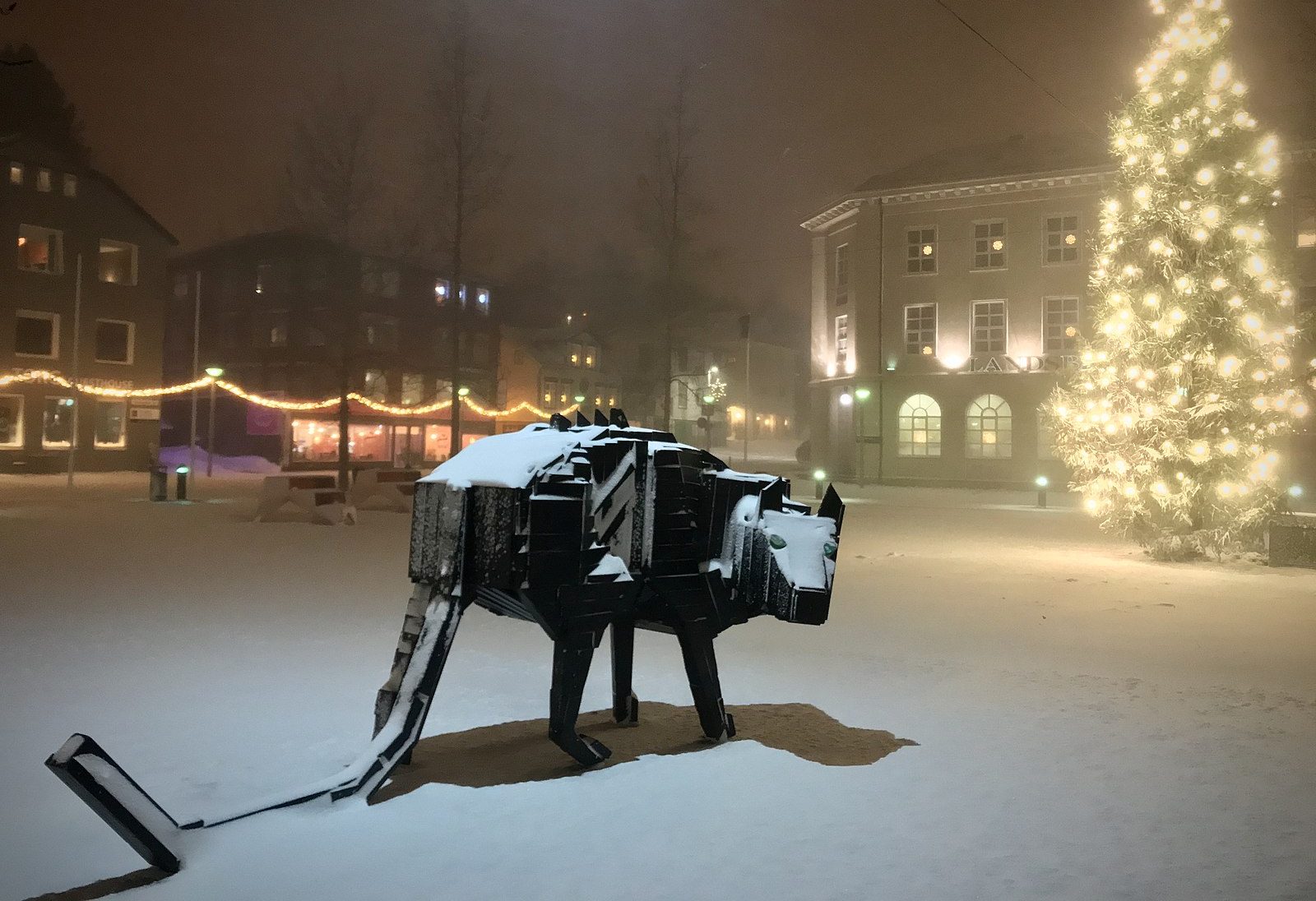
In Icelandic lore, there is a creature called the ‘Yule Cat’ which stalks the streets during the festive period, hunting those wearing insufficient cold weather clothing. Upon locating a scantily clad wanderer, the festive feline pounces from the shadows and devours its victim alive. To protect each other from the Yule Cat, families gather in each other’s houses around Christmas. During the Icelandic winter, temperatures average -10C and can plunge as low as -30C. Hypothermia is a genuine concern, and venturing outside without appropriate gear for even a short time can be extremely dangerous. The Yule Cat was probably invented to make sure children remember to take appropriate precautions before leaving the house.
On Christmas Eve, single Czech women throw shoes to find out when they’ll get married

In the Czech Republic, unmarried women attempt to divine the future on Christmas Eve by standing in the doorway of their house and tossing a shoe over their shoulder into the street. If the shoe lands facing the door, it’s a sign that they will be married within the year. No one seems to know exactly why airborne footwear temporarily gains the power of clairvoyance on Christmas Eve, but this hasn’t stopped the tradition from enjoying great popularity across the entire country. So, if you find yourself going for a Christmas Eve stroll in the Czech Republic, be prepared to duck.
Ukrainians decorate their Christmas trees with spider webs
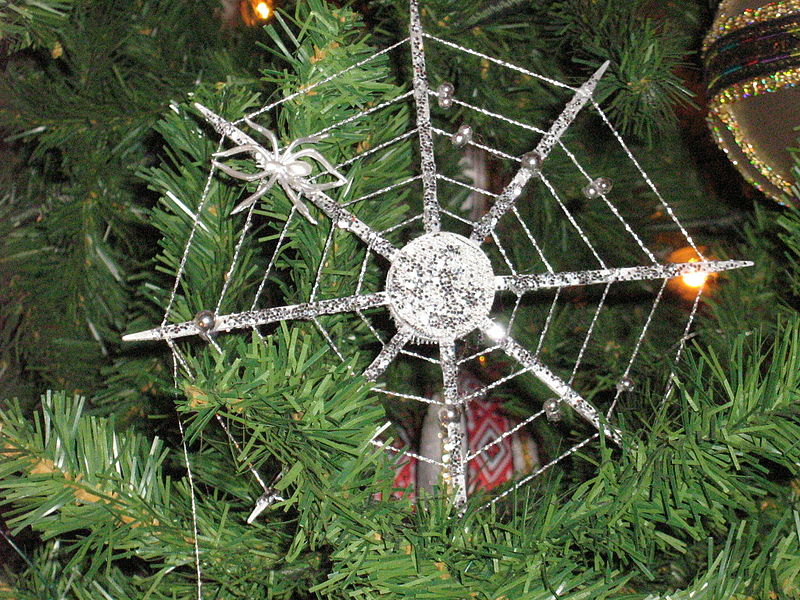
Thanks to different churches in Ukraine using different calendars, Ukrainians can choose to celebrate Christmas on either the 25th of December or the 7th of January. Apart from that, Christmas is celebrated in much the same way as it is elsewhere in the West, with one exception: as well as the usual Christmas lights and tinsel, Ukrainians also decorate their homes with fake spider webs. The origin for this custom can be traced back to a delightful fairy tale. In the story, an elderly widow was too poor to afford decorations for her tree, so, during the night, a kind-hearted spider crept into her home whilst she slept and wreathed her tree in glistening webs.
Switzerland has its own ominous anti-Santa
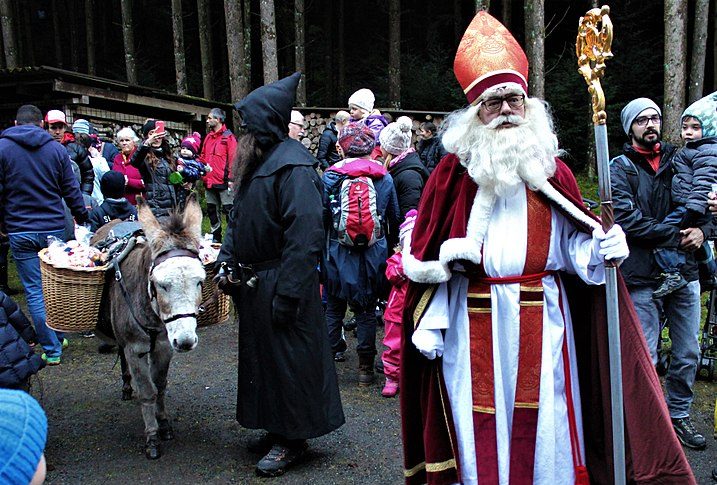
Krampus isn’t the only sinister Yuletide spirit. According to Swiss folklore, there are two Christmas beings who are active during the festive season. The first, Samichlaus, is a benevolent figure similar to Father Christmas, who emerges after December 6 and distributes assorted goodies. His sidekick, Schmutzli, is not quite so well-intentioned. Wearing ominous black robes and brandishing a whip and an empty sack, Schmutzli terrorises children who have been disobedient throughout the year. What differentiates Schmutzli from Krampus is that he actually works alongside Samichlaus, resulting in a kind of good cop, bad cop situation.
Indians gather around a banana tree on Christmas Day

In India, Christians make up less than 3% of the population. However, due to the country’s enormous population, that still means there are roughly 25 million Christians in the country, and India’s Christians have largely borrowed from Western traditions when it comes to Christmas celebrations. The occasion begins with Midnight Mass, after which families gather to exchange gifts and sing. However, one notable difference is the type of tree they gather round. Fir trees are completely non-existent in India, so banana trees (or sometimes mango trees) are brought inside and decorated instead. Roast turkey is also a rarity, with curried beef or pork generally consumed instead.
In the Isle of Man, a fake bird is carried door to door on Boxing Day
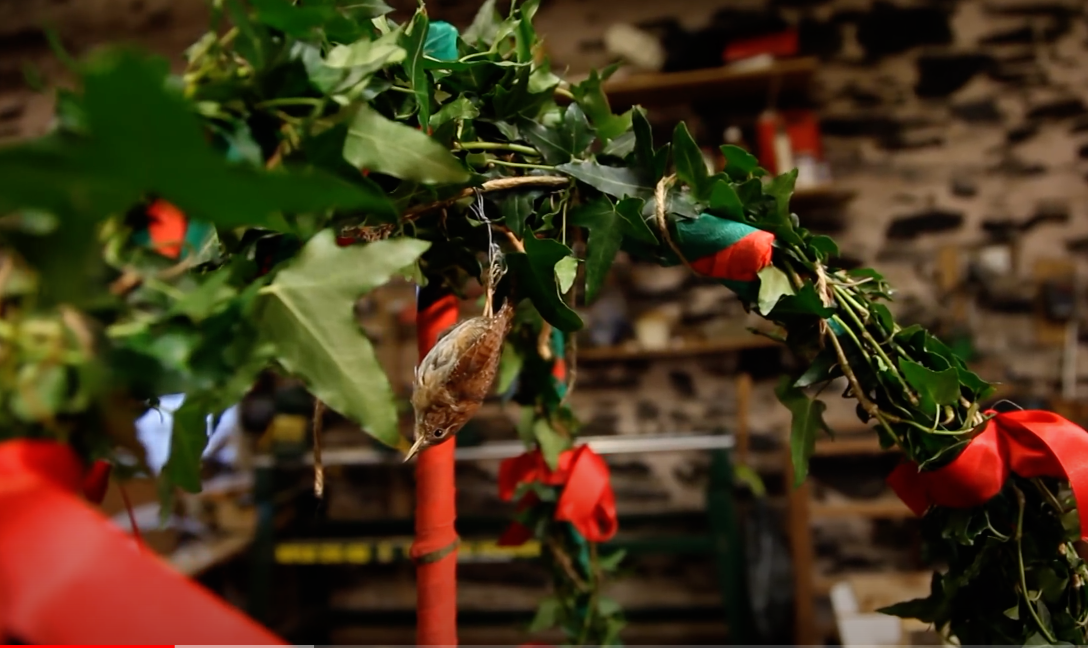
Wren hunting on the Isle of Mann has its roots in Celtic tradition, and it used to be a bloodthirsty affair. Groups of men would stalk the undergrowth on Boxing Day, hunting for wrens to trap and ritually sacrifice. The unfortunate bird would then be plucked and ceremoniously buried in the local graveyard, with participants believing that the ritual would confer good luck. The tradition has endured, but fortunately these days it doesn’t involve any death. Instead of a real wren, an effigy of the bird is carried from door to door as part of a “bush”, a pole topped with sprigs of greenery and colourful ribbons.
The Portuguese feed their dead ancestors at Christmas
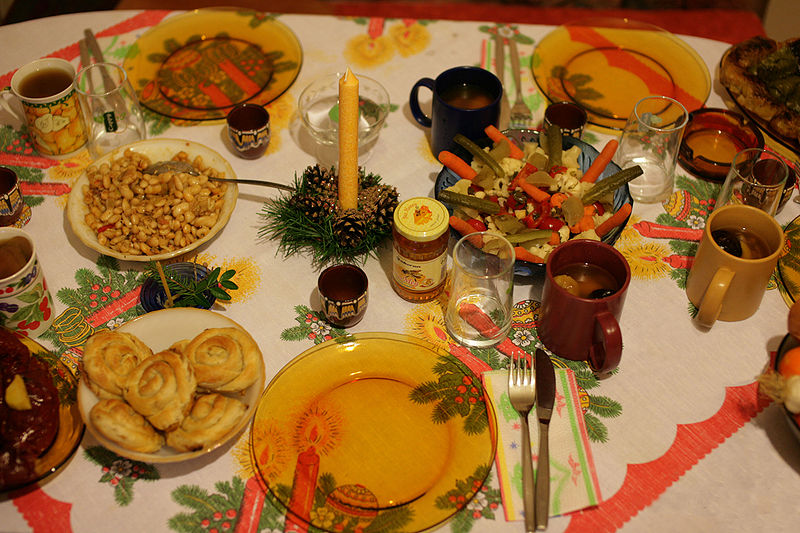
The Portuguese Christmas feast is known as ‘Consoada’. Eaten on Christmas Eve, the meal traditionally consists of cod, green vegetables and boiled potatoes. As well as serving as an occasion for a family reunion, it is also customary to prepare plates of food for alminhas a penar, or ‘the souls of the dead’. Consoada shares links with the famous Mexican festival of Dios de los Muertas (the Day of the Dead), with both rituals centring around remembrance for those who have passed. Both festivals are also an example of how Hispanic cultures have blended Christian rituals with more ancient traditions.
Russians celebrate “the most unholy time of year” after Christmas
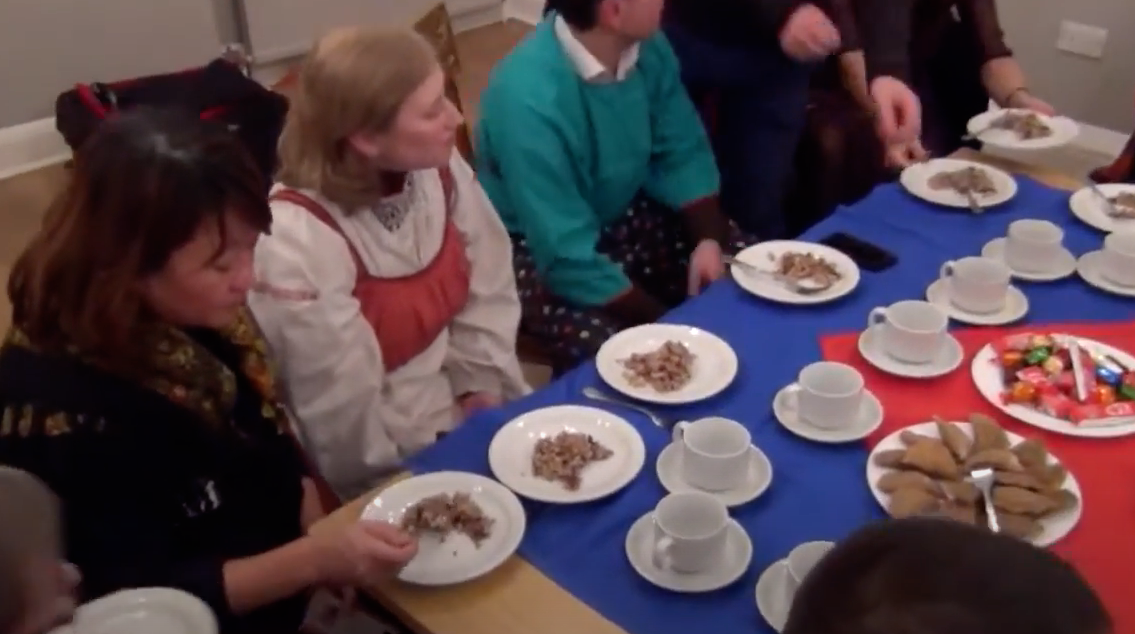
The Russian Orthodox church, the dominant religious institution in the country, follows the Julian calendar. As a result, many of the country’s citizens celebrate Christmas on January 7. As well as celebrating the day itself, a lot of people also take part in ‘Christmastide’, a period which lasts from the 7th to the 17th of January. Dubbed “the most unholy time of the year”, Christmastide has its roots in paganism and involves indulgent feasts, fortune-telling, pranks, and theatre performances. Revellers are also known to leap into frigid lakes and rivers.
Mexicans create elaborate Nativity scenes around Christmas

Christmas is a big deal in Mexico, unsurprising considering that over 82% of the country’s population identifies as Catholic. Instead of Christmas trees, Mexican households create elaborate, colourful nativity scenes which they display in their homes and gardens in the run-up to Christmas day. Mexican towns and villages also exhibit public nativity scenes which are created by local artists and tradespeople. These scenes evolve throughout the festive period; the baby Jesus appears in his manger on Christmas eve, and the Wise Men appear in the stable on January 5th.
Irish women finally get to relax on the 6th of January

January 6 is the traditional date for the unceremonious disposal of Christmas trees, and there are even those who believe that leaving it up past this point invites bad luck. In Ireland, this date has another significance, especially to the county’s women. Known as Nollaig na mBan, or “women’s little Christmas”, this date is supposed to symbolise the end of all the hard work that Irish women have invested over the festive period. On January 6, after the tree is discarded, women across the country finally relax, put their feet up, and take the day off.
The French tuck into a decadent feast in the early hours of Christmas Day
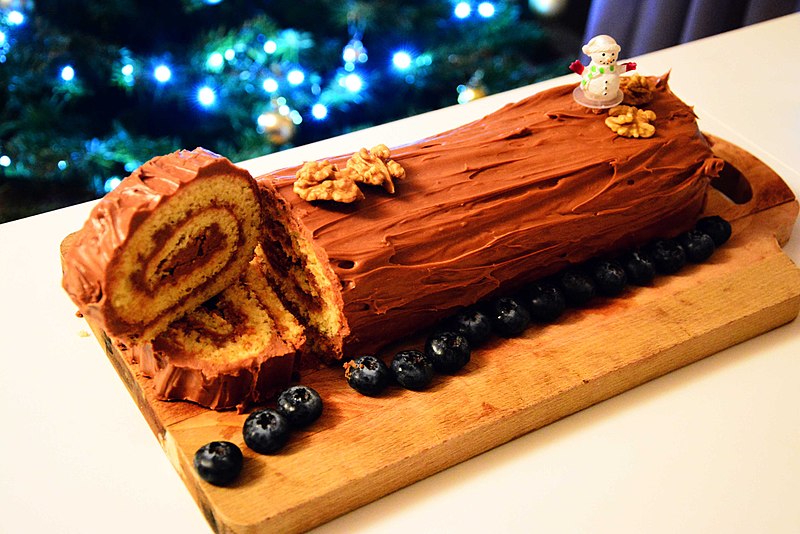
France is known as a nation of culinary greatness, and the reputation is deserved. French Christmas feasts are complex and indulgent affairs, often including delicacies such as foie gras terrine, smoked salmon, wild game, chestnut-stuffed turkey, oysters, Buche de Noel, and, of course, a cheese platter. This decadent feast is known as ‘La Reveillon’, and it takes place immediately after midnight mass, which is widely attended across the country despite over 30% of the population now identifying as atheist. This means French families often tuck into the La Reveillon meal in the early hours of Christmas Day, making it one hell of a breakfast.
Swedish families sit down to watch the same Donald Duck film every Christmas

Every year on Christmas Day, around half of Sweden’s population sits down to watch the wordily titled Kalle Anka Och Hans Vänner önskar God Jul, which translates to ‘Donald Duck and His Friends Wish You a Merry Christmas’. The film has been shown at the same time every Christmas since 1951 by TV1, Sweden’s most popular television channel. Apparently, families take watching the film very seriously, remaining completely silent except to quote their favourite lines. Families will often schedule the entire day around the film, making sure that prepping or eating Christmas dinner won’t clash with it.
In Britain, Christmas puddings are made according to strict traditions
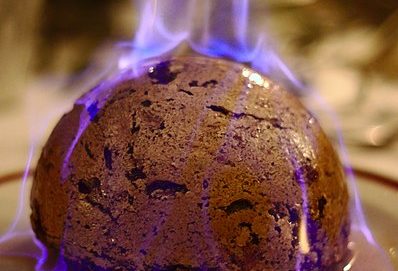
A wildly divisive dish, Christmas pudding contains dried fruit and has a thick, spongey consistency. Often covered in brandy and set on fire before serving, the dish is steeped in superstition. Traditionally, Christmas pudding is supposed to be created out of precisely 13 ingredients: one for each of the disciples plus Jesus, and during the pudding’s creation each member of the family stirs the batter counterclockwise whilst making a wish. Another ritual involves adding a coin to the pudding before it is cooked, which is supposed to bring good luck and fortune to its finder. However, in 2016, the British Dental Journal published a paper calling for the banning of this tradition, on the grounds that coins could damage teeth and “pose a fatal choking risk”.
Catalans decorate their nativity scenes with ‘pooping’ figurines
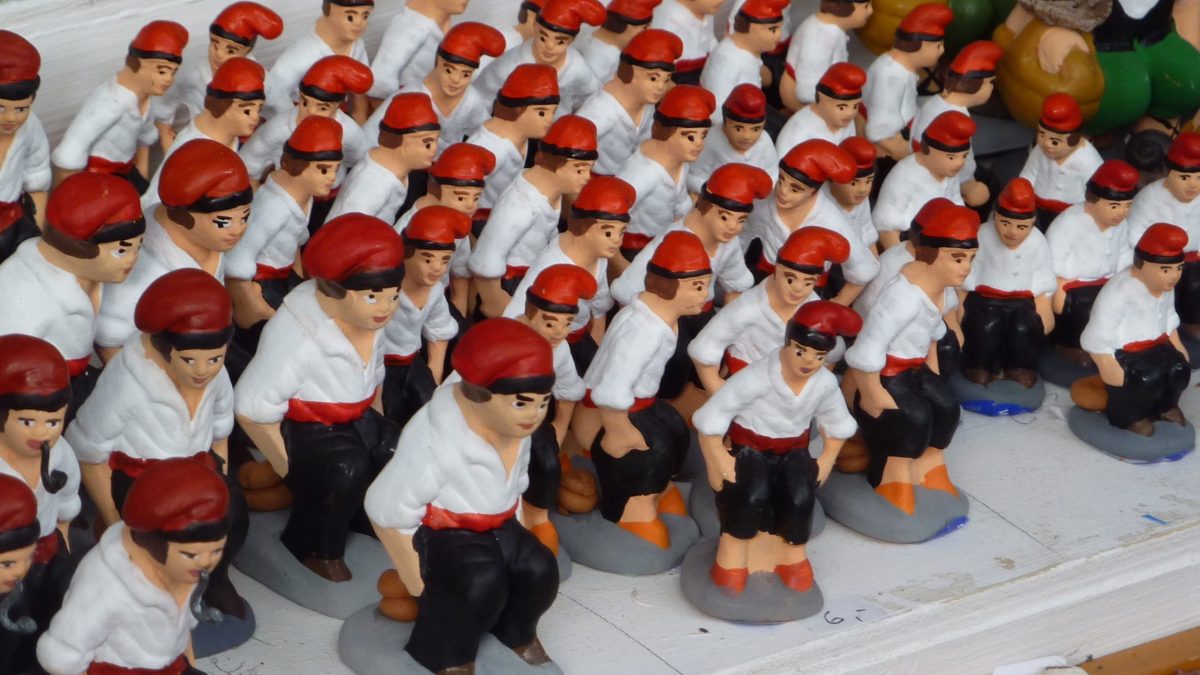
The bizarre Catalan tradition of caga tió – or ‘defecating log’ – is a Christmas ritual in Catalonia where locals create a figure out of a tree stump, then draw a face on it and give it a hat. They then continue to feed the log fruit, nuts, and sweets until December 23. On Christmas Eve, the entire family beats the log with sticks while singing a traditional song until it excretes all its treats. They also decorate their nativity scenes with small, ceramic figurines of people defecating. These ‘caganers’ – the word literally means “pooper” in Catalan – often appear crouched behind a tree or building in a corner of the nativity scene, and are thought to represent good luck for the new year.
Children in the Netherlands leave carrots in their shoes
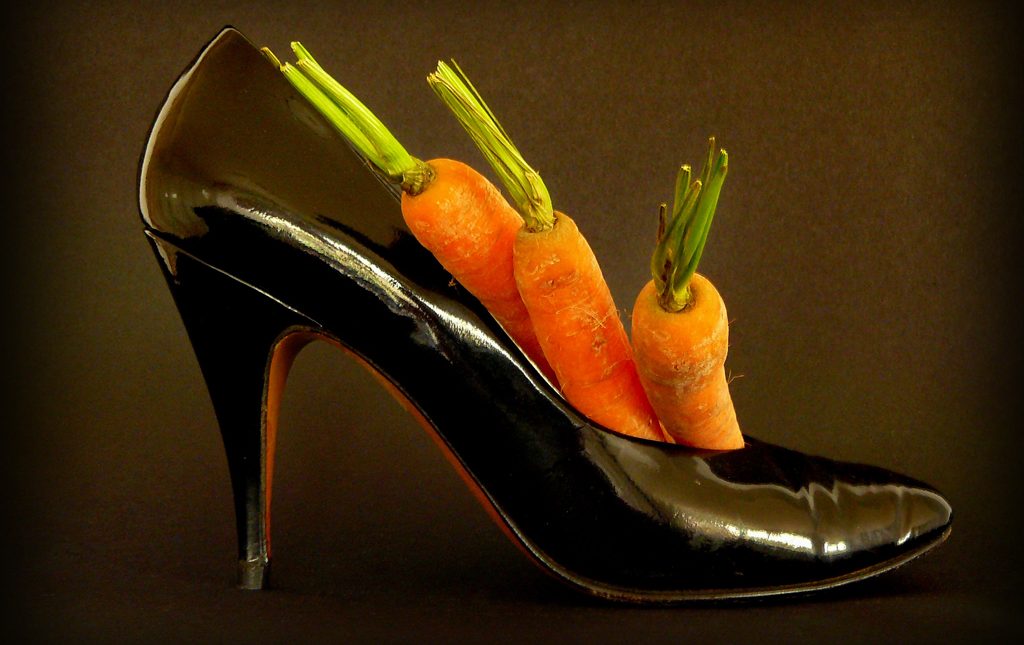
Dutch children eagerly place their shoes by the fireplace on December 24th every year, hoping that ‘Sinterklaas’ will fill them with presents and candy. Sinterklaas traditionally arrives each year in November (usually on Saturday) by steamboat from Spain, and is then paraded through the streets, welcomed by cheering and singing children. In the weeks before Christmas, children traditionally put their shoes by the fireplace with hay or carrots in them for Sinterklaas’ horse and sing a Sinterklaas song before they go to bed. They will find candy or small presents in their shoes the next morning, supposedly thrown down the chimney by Zwarte Piet or Sinterklaas himself.
New Zealand has a unique native Christmas tree

While most of the world celebrates Christmas with a traditional fir tree, New Zealanders prefer the phutukawa, a tree that grows gnarled roots and bright crimson flowers. The phutukawa tree, often called the New Zealand Christmas tree, was first observed by Austrian geologist Ferdinand von Hochstetter in 1867. He noted that locals decorated their churches and homes with its brightly-coloured branches at Christmas time. Today, the phutukawa tree is a popular symbol of Christmas around New Zealand and is featured on Christmas cards, decorations, and in Christmas carols sung by children at school.
The town of Christmas in Florida celebrates the holiday all-year-round
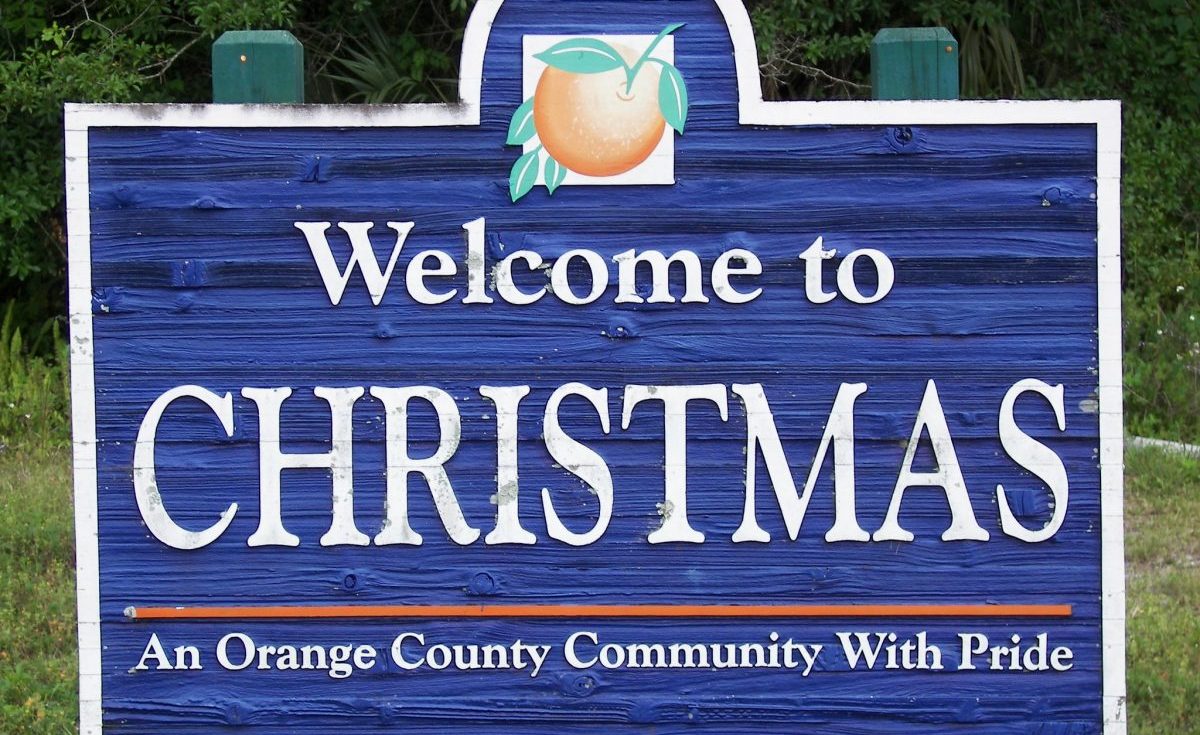
Christmas is celebrated all-year-round in the Florida town of Christmas, a short drive from Orlando. There’s a lot of holiday cheer in this tiny town, including a post office that stamps holiday cards and letters with the town’s name. Santa himself can sometimes be found sitting in the lobby of the post office, personally stamping Christmas cards and packages. The street names reflect the holiday season as well. You can find Bethlehem, Comet Street and Cupid Avenue, while St. Nicholas Avenue is one of the main roads to take you to the center of town. In addition, the townspeople display a decorated Christmas tree throughout the year.
Latvian actors dress up as animals to drive out spirits
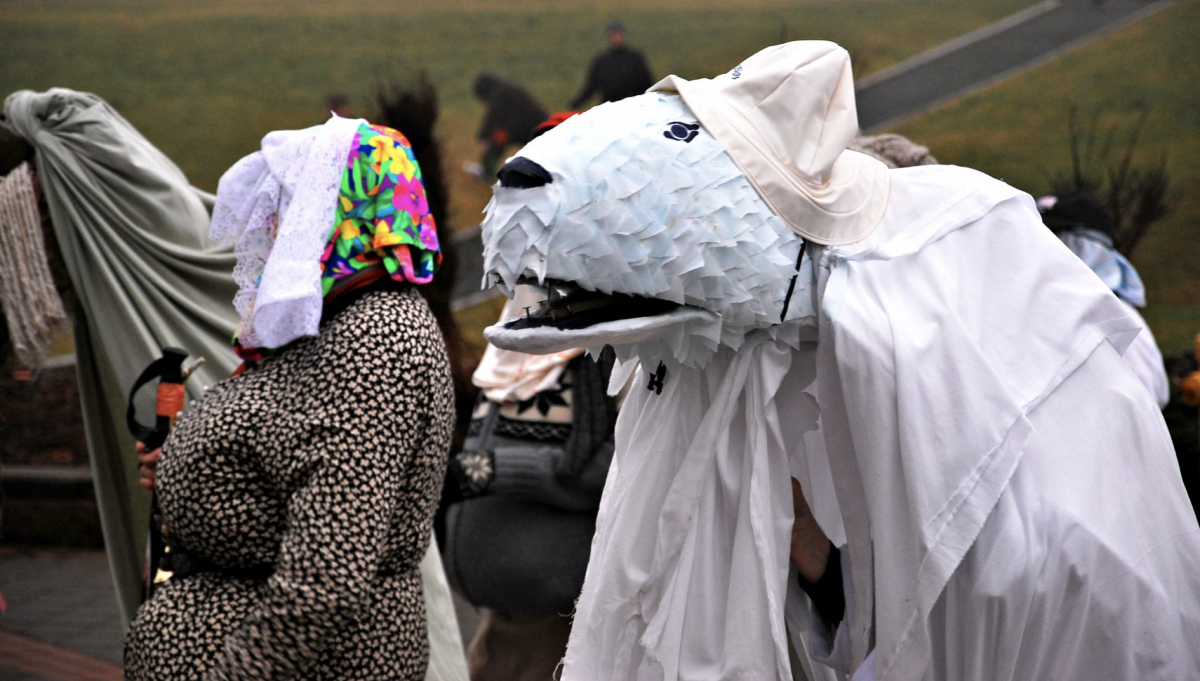
In Latvia, mummers (amateur actors) dress up on New Year’s Eve as cranes, goats, wolves, bears or horses or as macabre characters symbolising death. To ensure that no one in their neighbourhood recognizes them, the actors are required to wear masks and disguise their voices. They go from house to house driving out evil spirits with the help of traditional songs and music. Families welcome them into their homes and offer them food and drinks as a way of saying thank you. If a person is identified underneath their disguise, the mummer has to uncover their face.
In North Sumatra, residents come together to sacrifice an animal
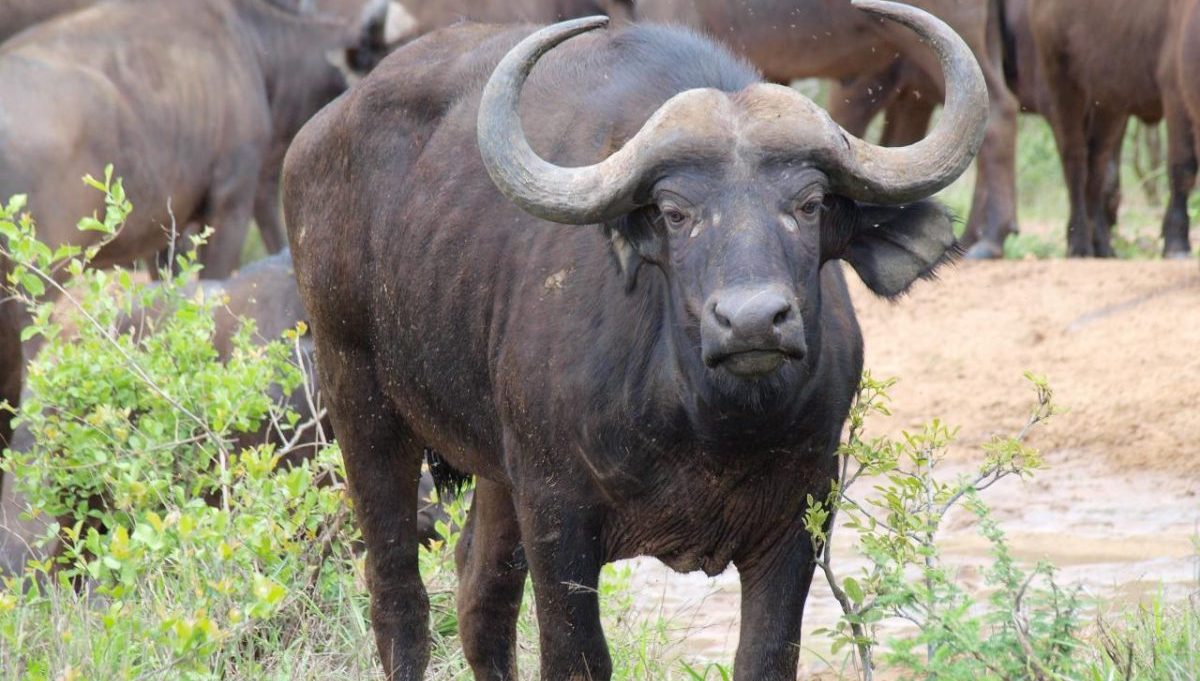
Like the Muslim tradition of sacrificing an animal on Eid Al-Adha, the Marbinda is a Christmas tradition that involves sacrificing animals to nurture togetherness, warmth, and bring in the Christmas spirit. Batak people in North Sumatra continue this tradition today, especially in residential areas. Citizens contribute money, which is used to buy animals from farmers. The animals are then slaughtered and distributed among the same citizens who raised money for their purchase. Buffalo is usually the first choice, but if the price is too high, people will buy pigs instead.
An army of Canadian volunteers answer letters addressed to Santa Claus
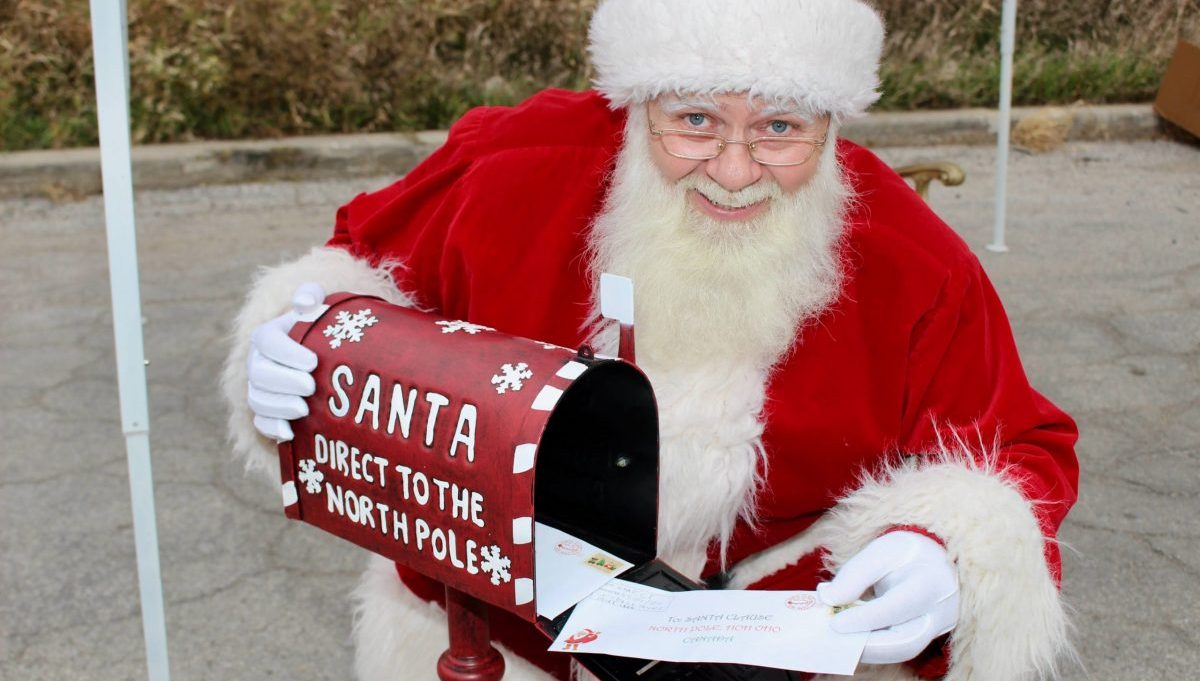
When you write to Santa, where do you send your letters? Do you address them to the North Pole? Actually, Santa has his own postal code: H0H 0H0 (with zeros instead of the letter ‘o’). It is located in Canada, where postal codes are alphanumeric. For the past 30 years, Canada Post volunteers have helped Santa reply to millions of letters from children around the world. Their work includes translating Santa’s replies into different languages and even responding in Braille.
In Ethiopia, everyone must wear white at Christmas
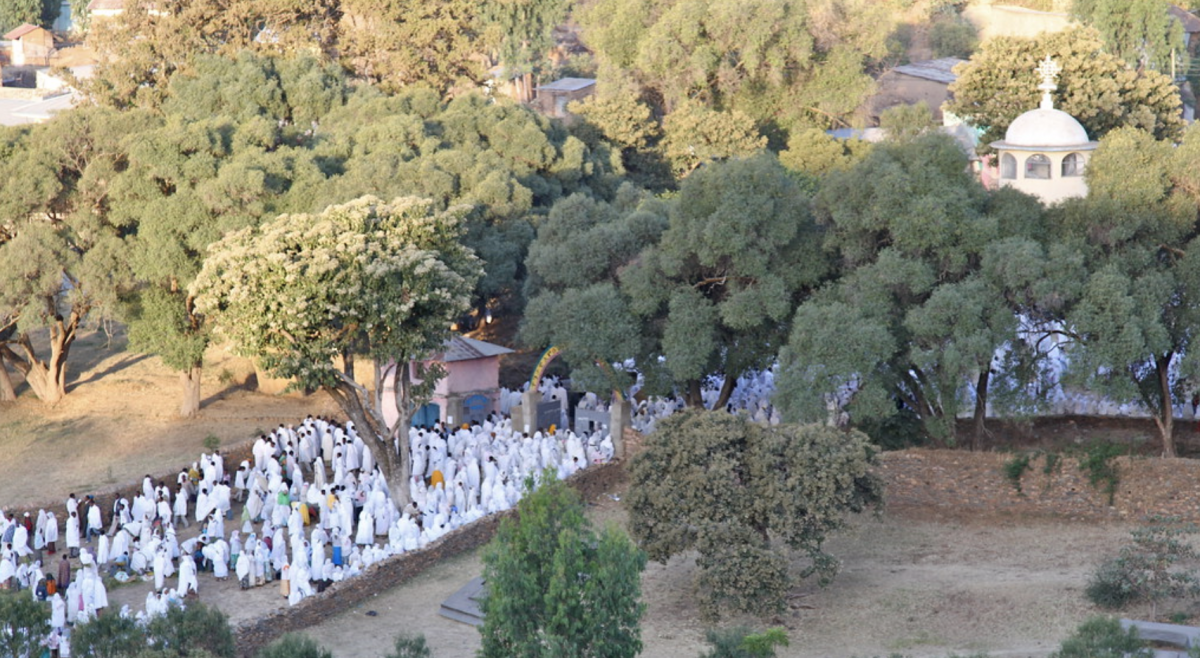
On January 7th, Ethiopians celebrate Christmas, which is also known as Ganna or Genna. They attend an Ethiopian Orthodox Church service with their families and then celebrate the night before by fasting and dressing in white. The following day, they move in procession around the church as part of the ceremony. Boys and men also play a game called Ganna on this day, which is similar to street hockey. After Christmas, Timkat is celebrated on January 19th – the day that marks the baptism of Christ.
In New York City, anybody can be Santa for a day

If you’re looking to celebrate the holidays in a way that’s unlike most other people, consider attending the annual SantaCon event in New York City. The holiday-themed event is geared towards adults and features an open bar, live music, a costume contest, and prizes. Alcohol is not allowed on premises and all attendees must wear festive red attire. The guidelines for SantaCon participants include things like “address your fellow Santa as ‘Santa’” and tell you not to dress as an elf, as they are not treated well at this event.
Danish families leave food for elves
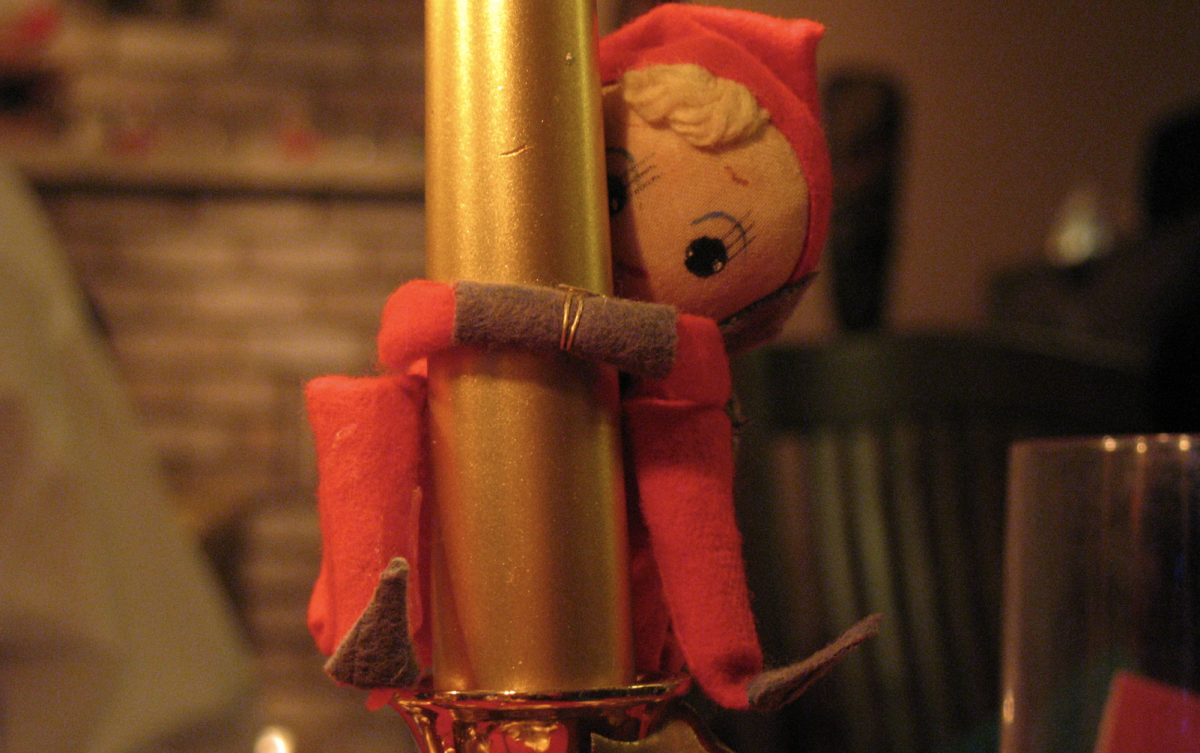
Nisse is a gnome-like creature who can be found across Scandinavia. Danish folklore is credited with the origin of Nisse. On Christmas Eve, Danish families leave a sweet rice porridge (risengrød) for the elf, who will then bring good fortune to the household in the coming year. If they do not, it’s believed he will play tricks in the household and make life more difficult. Despite his invisibility, Nisse – who serves as Santa Claus in this culture during the holidays – is often seen as a kind of guardian angel for families. Nisse visits families rather than individuals, and there are many Nisse who each watch over a single family.
Bolivians celebrate mass at midnight with fried chicken
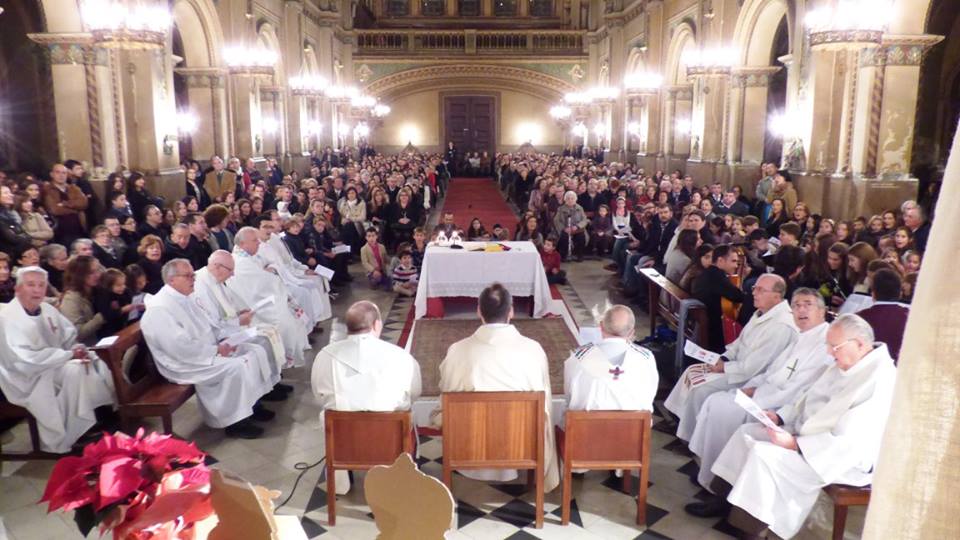
Each Christmas in Bolivia, thousands of people gather at midnight to attend Misa del Gallo, or ‘Mass of the Rooster’. The name refers to a story alleging that when Jesus Christ was born, a rooster crowed at midnight to announce the birth. The Romans did not associate the sound of a rooster crowing with the break of dawn, but rather with midnight, which was when they marked the beginning of a new day. They therefore held mass as the clock struck midnight and thus marked the start of the new day. The mass was also called la misa de Gallo, because the celebrants ate fried chicken – the most common dish at that time.
In Martinique, carols are sung all night long over three weeks
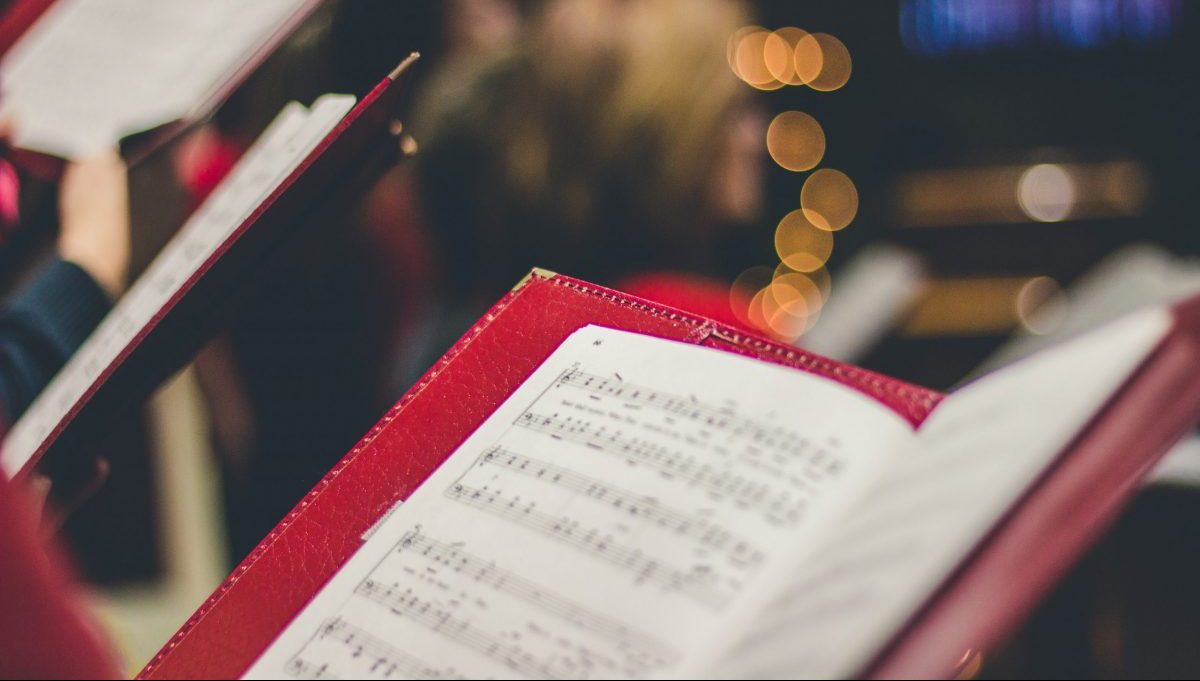
On the French Caribbean island of Martinique, the tradition of la ribote dates back to the 18th century and involves families visiting their neighbors during Advent and on New Year’s Day bearing holiday food like yams, boudin créole, pâtés salés, and pork stew. They also sing Christmas carols, adding their own creole verses to traditional lyrics. During the three weeks before Christmas, people will visit each other’s houses, bring food and sing carols all night long.
Barbadians eat food originated by colonizers
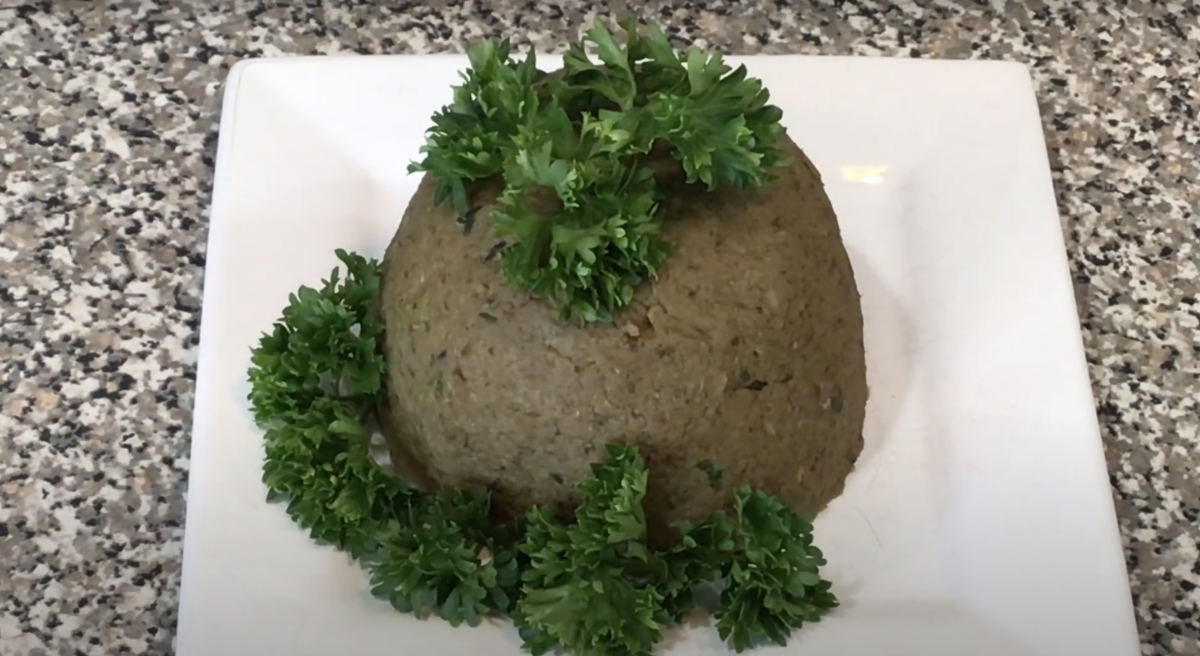
When it comes to holiday feasts in Barbados, people like to combine local ingredients such as sorrel and pigeon peas with foods brought over by Scottish settlers. These dishes are often served alongside a rum cake — another reminder of Barbados’ British heritage. They also serve Jug Jug, a dish inspired by the Scottish influence on Barbados that combines pigeon peas, guinea corn flour, herbs, and salt meat.
In Poland, families begin opening gifts when they see the first star of the evening

At Christmas Eve dinners in Poland, families share oplatek, a thin wafer that is blessed during religious ceremonies. Each person breaks off a piece of oplatek and uses it to wish others Merry Christmas. It is customary for dinner to be delayed until the first star appears in the night sky, and an extra setting is left at the table in case someone shows up uninvited. It’s also said that the best time to open Christmas presents is determined by the youngest child in a family. Just before bedtime, the child should go outside and watch for the first star of the evening. When it appears, all the members of the family can begin opening gifts.
Malaysians give Ang Paus instead of gifts
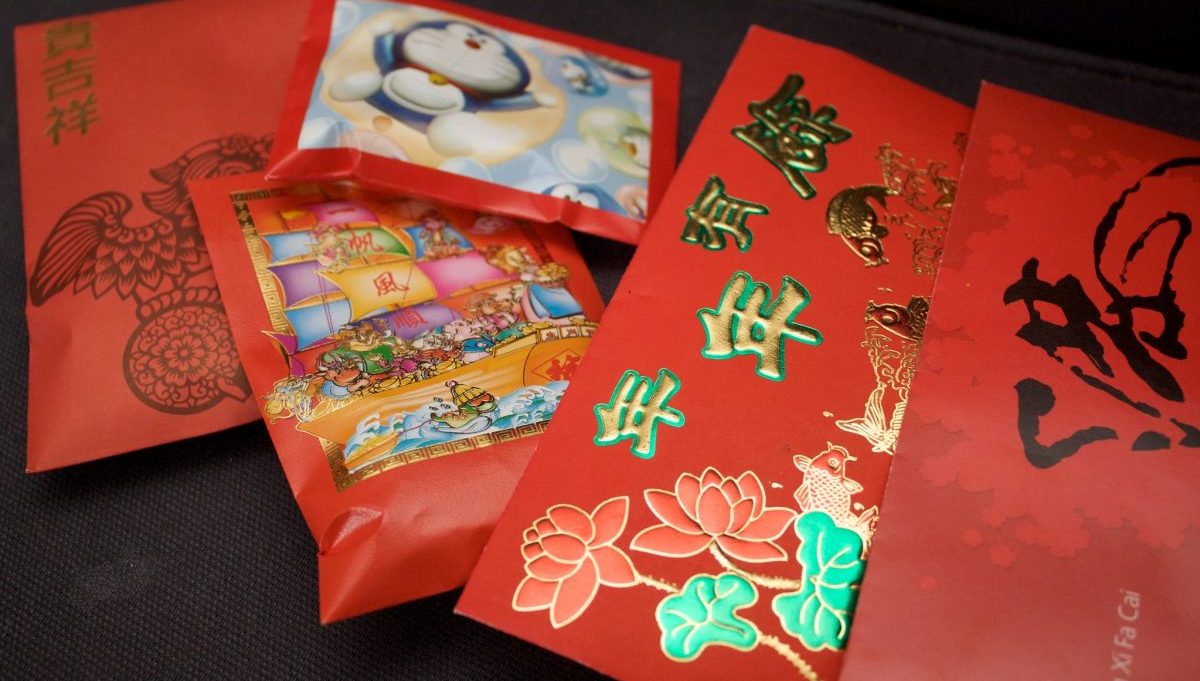
Giving gifts is a pain and choosing the right gift for each person can be even more difficult. Malaysians avoid this problem by giving money in red packets known as ‘Ang Paus’ instead of gifts. We all know what we want for Christmas! So why not treat yourself with the money saved from your Ang Paus? Married couples or those with higher incomes may gift Ang Paus to children and unmarried adults. The amount of money inside the envelope is usually an even number because odd numbers are considered unlucky.
In Slovakia, your fortune is determined by your pudding
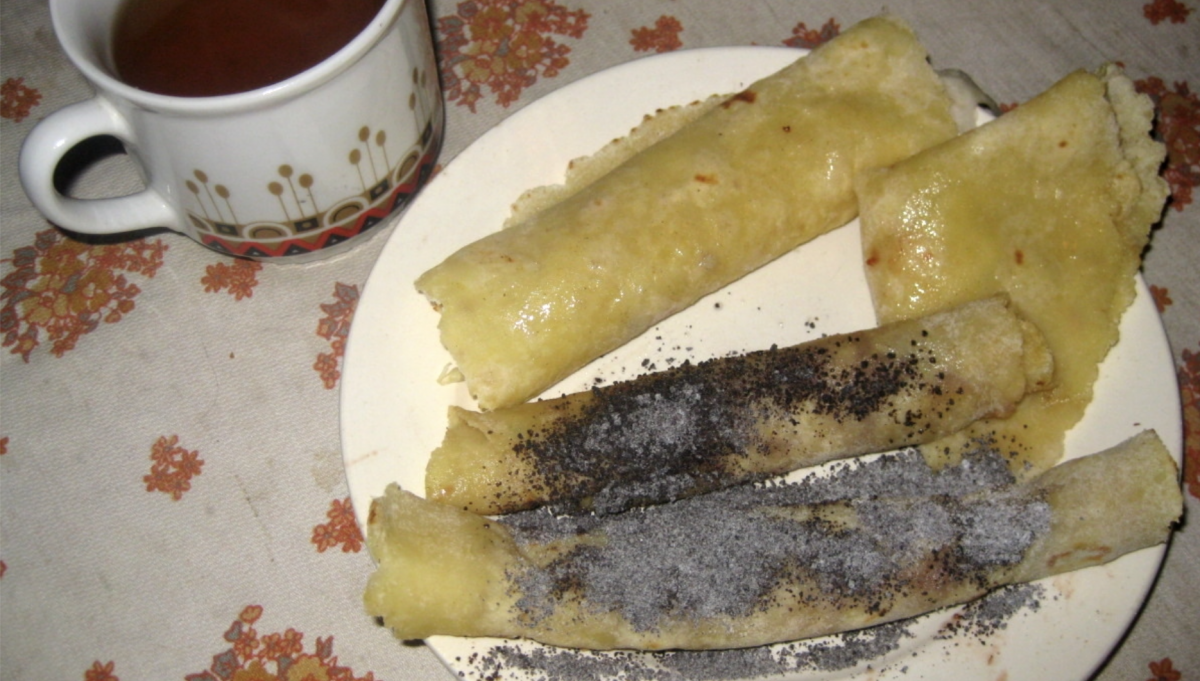
Pudding, in all its flavors and consistencies, is a popular Christmas delight. In Slovakia and parts of the Ukraine, that delight extends to loksa pudding, which can be thrown at the ceiling to predict luck for the coming year. Traditionally, at Christmas dinner, the head of the house flings a spoonful of loksa pudding toward the ceiling. The hope is that it will stick to the ceiling; if it does, the family will have a prosperous year ahead. If the loksa instead falls on the floor, that’s a bad omen for the coming year. Every household has its own version of Loksa pudding, but most recipes contain bread, poppy seeds, water, and honey. Some add a bit of lemon and salt.
In Belgium, naughty children are gifted sticks

The division between the French-speaking and Walloon communities in Belgium is reflected in the names for the two holiday figures: Pere Noel for the former and Sinterklaas for the latter. In Belgium, Sinterklaas traditionally rides up on a steamboat into the Antwerp harbour during the second week of November. On December 6th, he returns with presents for all good little Belgian girls and boys. Then, on Christmas Eve, people exchange gifts with their families and friends. For children, the news is great: they’ll get gifts from both figures. But if they’re a bit on the naughty side, it’s a double whammy – they’ll get a bundle of sticks from both.
In Hungary, only adults decorate the tree

Hungarians don’t put a Christmas tree in their house until Christmas Eve. In some households, only the adults decorate the tree, so when children get home from school and discover it, they are told that nice angels brought it for them. On December 6th, Hungary celebrates St Nicholas (called Mikulás) and then Old Man Winter (the equivalent of Santa) comes to town on the Feast of St. Nicholas. But on Christmas Eve, it’s not Old Man Winter who sneaks into houses and gives out gifts: it’s baby Jesus. Hungarians often eat a fish soup called halaszlé for Christmas. The soup is flavored with paprika paste or powder, and for dessert everyone wants a slice of beigli, a special kind of poppy seed roll.
Croatian families grow Christmas wheat
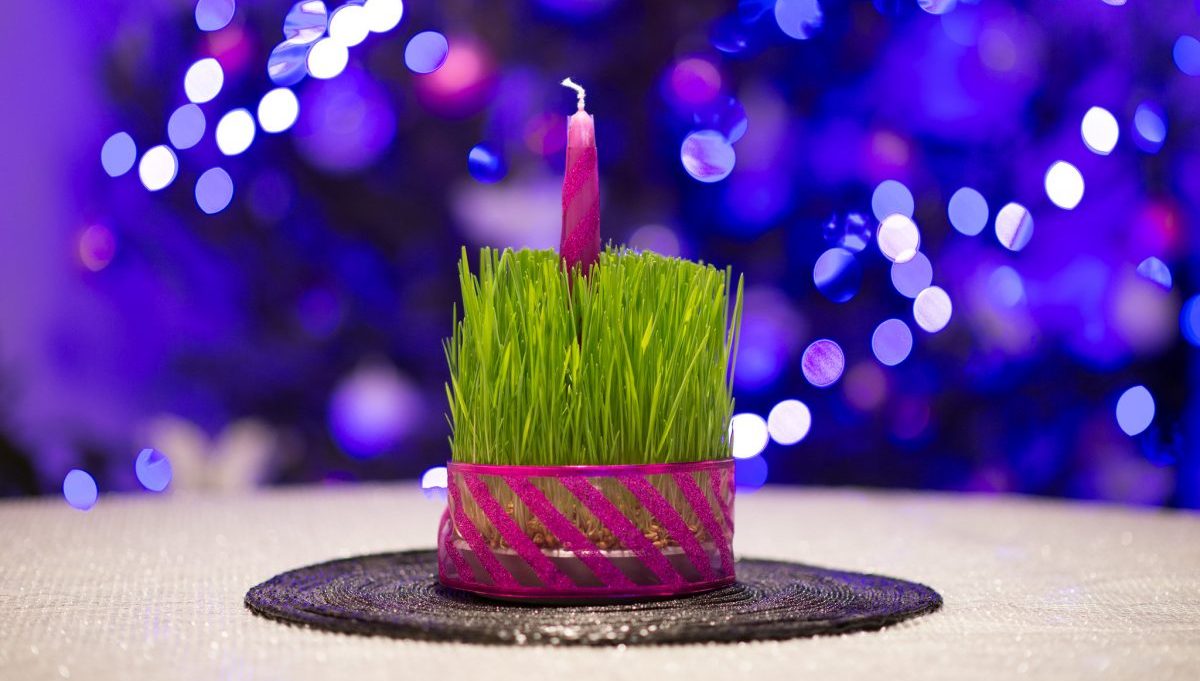
On Saint Lucy’s Day, December 13th, families in Croatia grow wheat in little pots and take care of it until Christmas Eve. On Christmas Eve, the pots of wheat are put underneath the Christmas tree. The tradition says that the taller this ‘Christmas wheat’ grows, the more prosperous the year will be. It is also traditional to light a log on Christmas Eve in Croatia, which ideally will burn until Christmas Day. Variations of the custom include drizzling the log with wine before burning.
Greeks decorate boats as well as trees
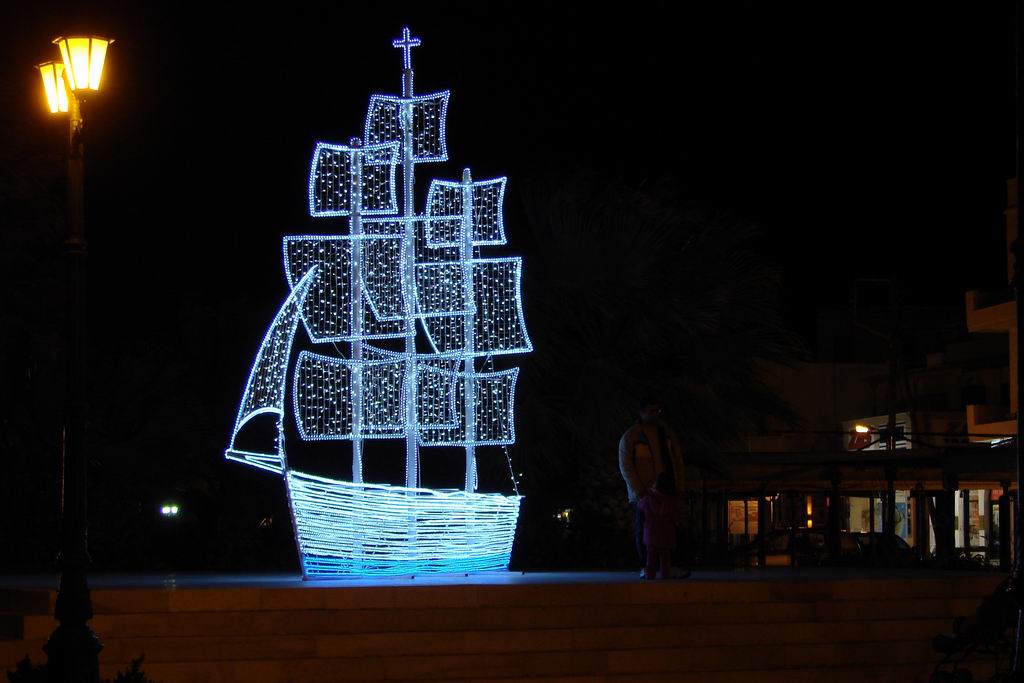
In Greece, people don’t just decorate Christmas trees: boats also get the festive treatment. The reason is that Greece has a long tradition of being a seafaring country. In the past, men often went out to sea for weeks at a time, leaving their wives and children behind. When they returned home, small boats were decorated inside the houses to honor these brave men. Today, larger boats are also lit up during the nighttime hours in harbors in cities and villages.